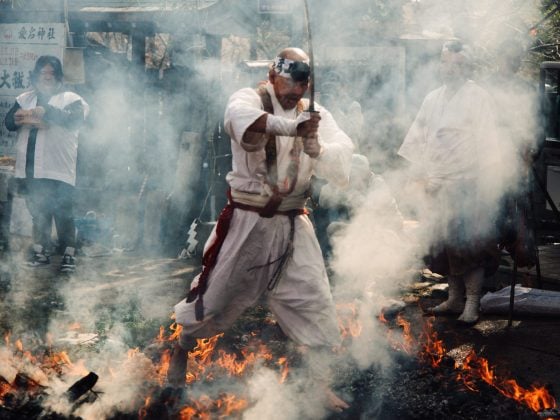The Meike 35mm f1.7 is a compact manual focus APS-C lens designed for photographers who want affordable image quality in as small of a package as possible. Although the f1.7 aperture isn’t as fast as some of the other lenses available, the smaller aperture allows the lens to produce a more corrected image than some of the faster lenses without the loss of character.
Lens Specs
Focal Length: 35mm equivalent to 52.5mm on APS-C cameras
Aperture Blade: Rounded 9-Blades
Aperture: f1.7 – f22 de-click
Elements: 6 elements in 5 groups
Coatings: Multi-coating
Minimum Focus Distance: – 1ft / .3 m
Filter Threads: 49mm
Pros – Small, Well corrected, Sharp center, good corners stopped down nice character, nice bokeh, good contrast, and great micro-contrast.
Cons – Some vignetting wide open, soft corners wide open and at f2.8, some coma, strong field curvature.
Order
Meike 35mm f1.7 – Amazon
You can find this lens and compare it to other options by looking at my camera lens lists.
It looks like the Opteka 35mm f1.7 and Neewer 35mm f1.7 are the same lenses as this one.
Meike 35mm f1.7 First Impressions
I’ve been messing around with cheap Chinese lenses for some time now in search of some gems, and I’ve found a few. Like this one. Most of these Chinese lenses have a retro optical formula with nothing fancy or really modern going on. This gives you that very classic rendering that you just don’t see in most modern lenses from big brands.
That’s the good news.
The bad news is these lenses often have absolutely terrible build quality, not just with the way they’re put together, but often the mechanical designs are bad. So what ends up happening is you get some lenses that literally fall apart, or you get strange issues like the focus drifting from an imbalance of internal pressure. Some of my lenses seize up in freezing conditions or get sticky or grinding focus.
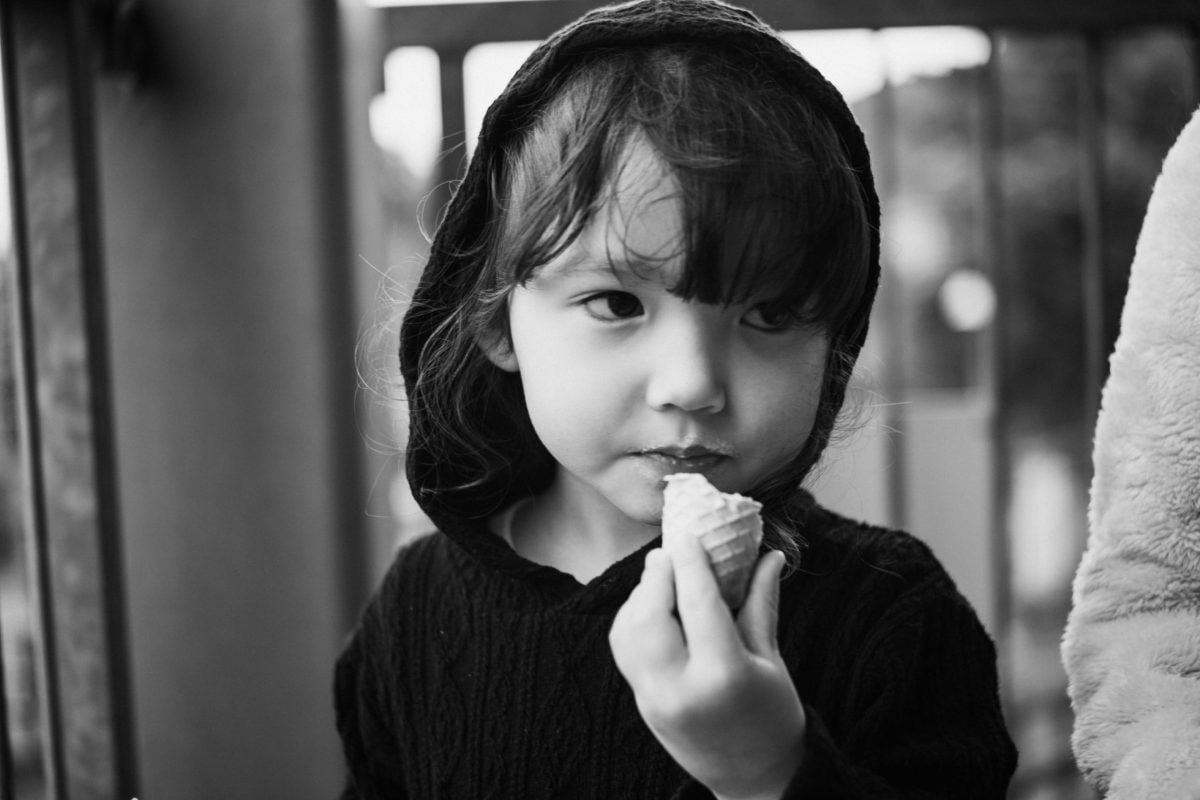
Luckily, this Meike 35mm f1.7 doesn’t seem to have any issues. So that’s great. It could just be my copy but, so far so good.
Optically I love this lens. It’s not over-corrected like so many modern lenses. It only has 6 elements so you get a ton of pop and really nice color and contrast. The trade-off is you don’t get perfect corners and edges and you don’t have great flaring resistance. I think lenses should allow for a little bit of flaring unless it’s a utility lens like a landscape lens or something. The right amount of flaring looks great.
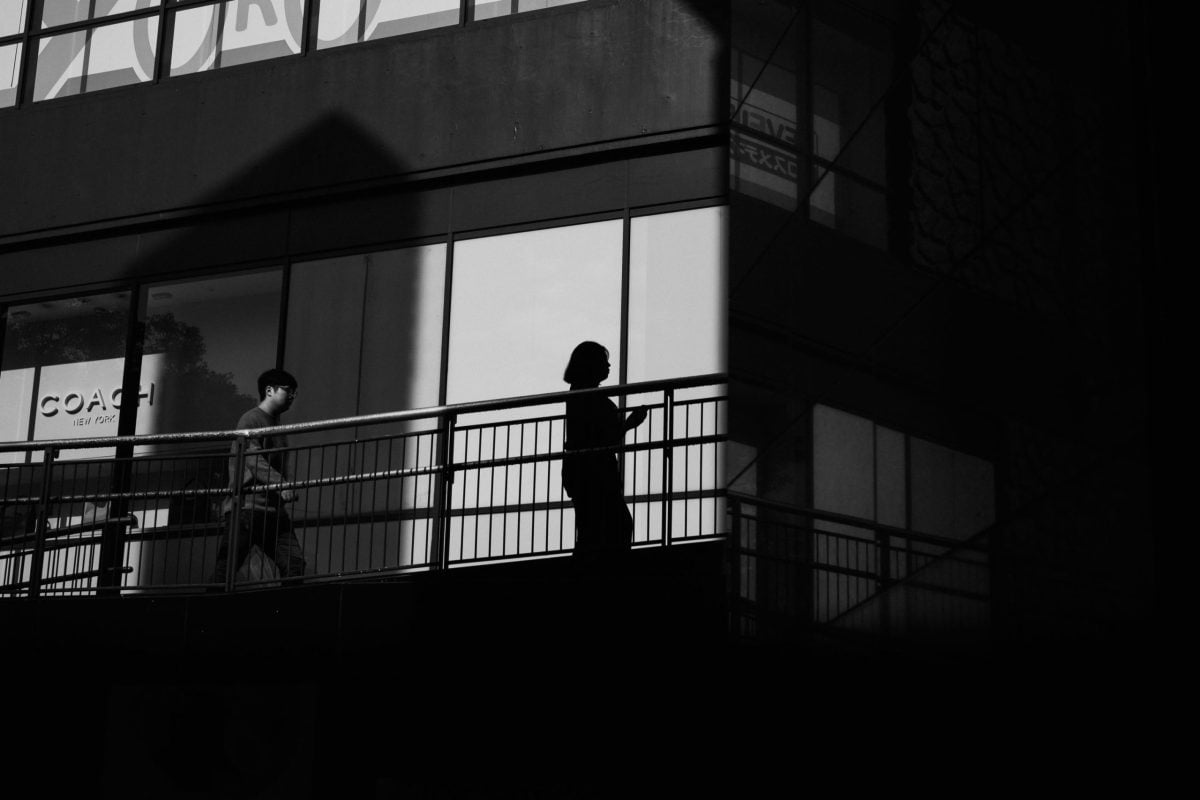
Center sharpness is really good, and color, contrast, and micro-contrast are fantastic.
Besides the 7Artisans 35mm f1.2, this is my favorite cheap Chinese lens. It’s not as fast as the 35mm f1.2 nor does it have as wild of character, but it’s a little bit easier to control with a bit nicer image quality and you can shoot with it wide open all the time and enjoy a perfectly rounded 1.7 aperture. Whereas with the 7Artisans 35mm f1.2, it’s a little difficult to always shoot wide open since the lens gets a little crazy, especially when it’s very bright out. Then when you stop down, you start to get some more geometry to the bokeh. Slower lenses like this Meike 35mm f1.7 sometimes have their advantages especially when shooting street photography since it’s a little easier to control the focus at around f1.7. Of course, this by no means is considered a slow lens.
If you’re into collecting cheap Chinese lenses, you could get both the 7Artisans 35mm f1.2 and this lens. Use the 7Artisans 35mm f1.2 for indoor low-light work, then the f1.7 for everything.
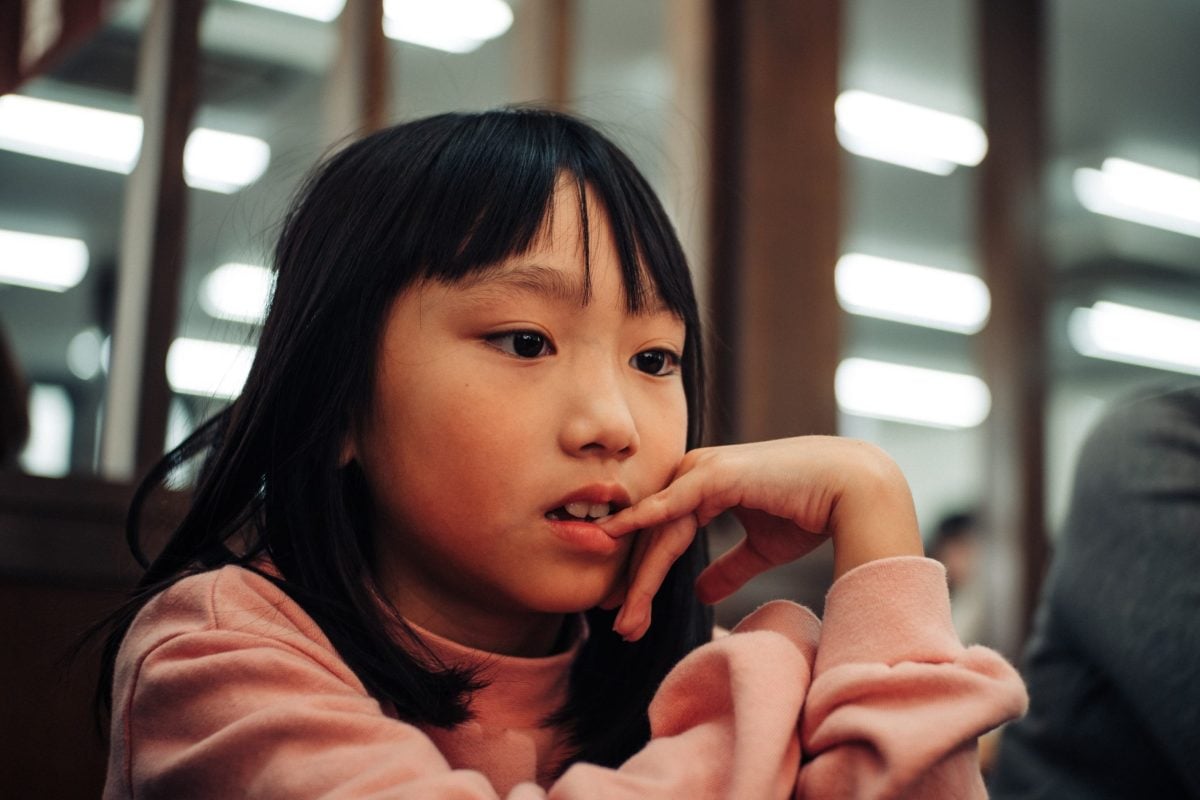
Build Quality
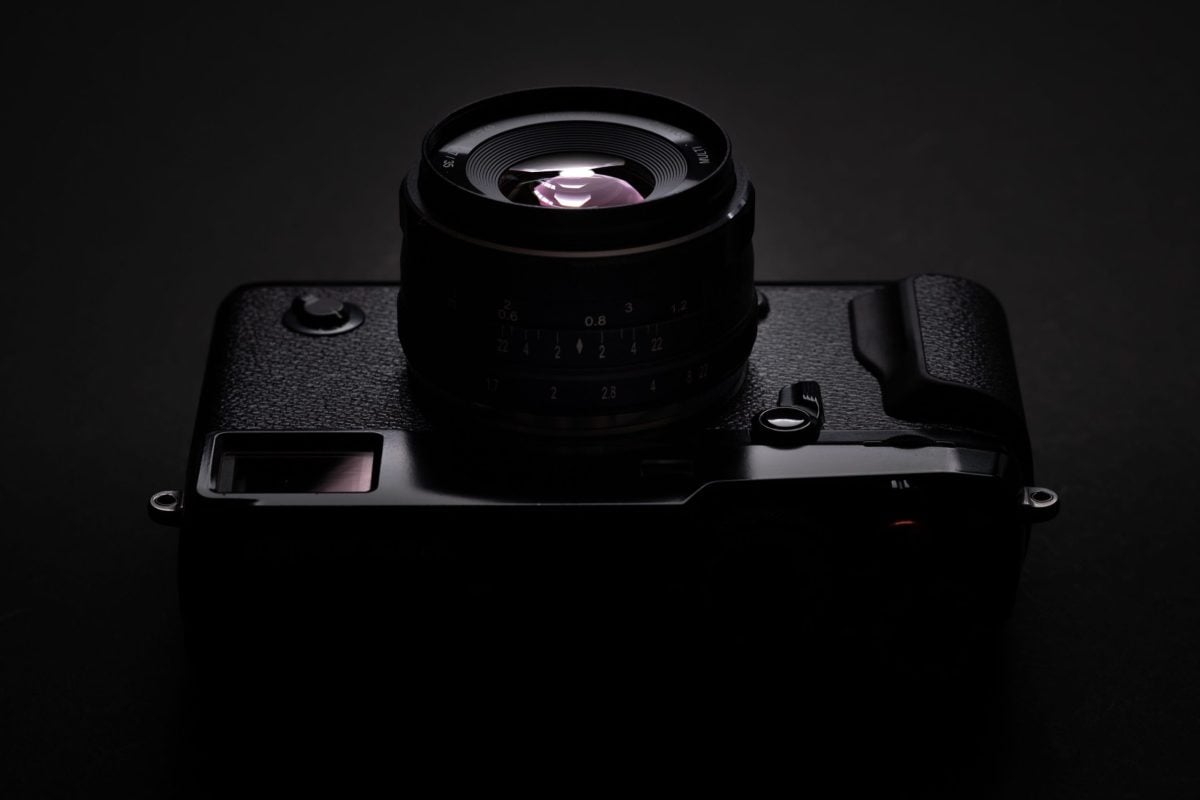
The Meike 35mm f1.7 has an all metal construction and it seems like the outer materials are made of aluminum. It’s possible there is also a copper core but I’m not sure.
Focus all happens internally so there are no external moving elements.
The focus doesn’t drift. When you set focus it stays at that spot. The focus also doesn’t stick or grind and it feels really good.
The aperture ring is placed right up against the lens mount so it’s out of the way and you don’t adjust it by accident.
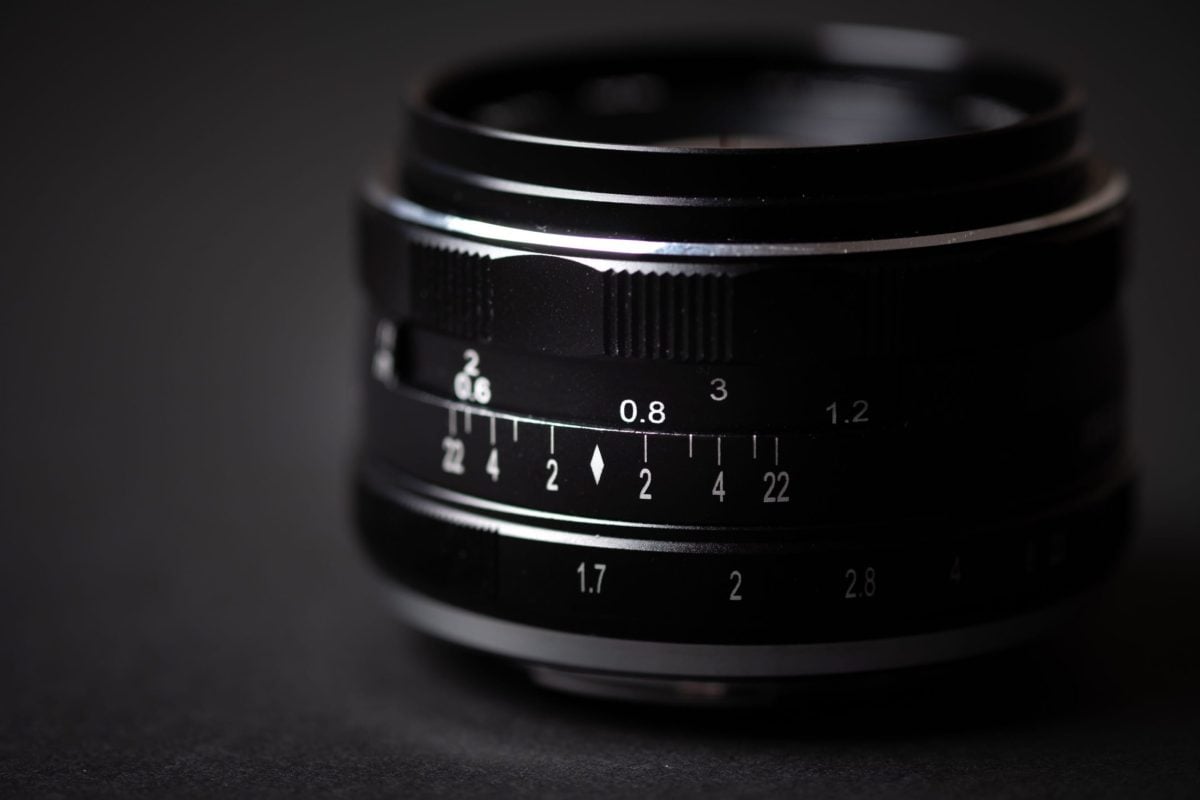
The lens is small, you could probably call it a pancake so it’s a very good low-profile street lens. If you put it on a small APS-C camera or micro-four thirds camera, nobody will think anything of you shooting street photography.
There are 6 elements in 5 groups. I believe they are all glass, so none of those ultra-high refractive polymers. With a 35mm this size with only 6 elements, you’ll end up with some very minor CA and soft corners wide open but you’ll get a ton of character and pop. I personally love low-element lenses when they’re done right. This one is done right.
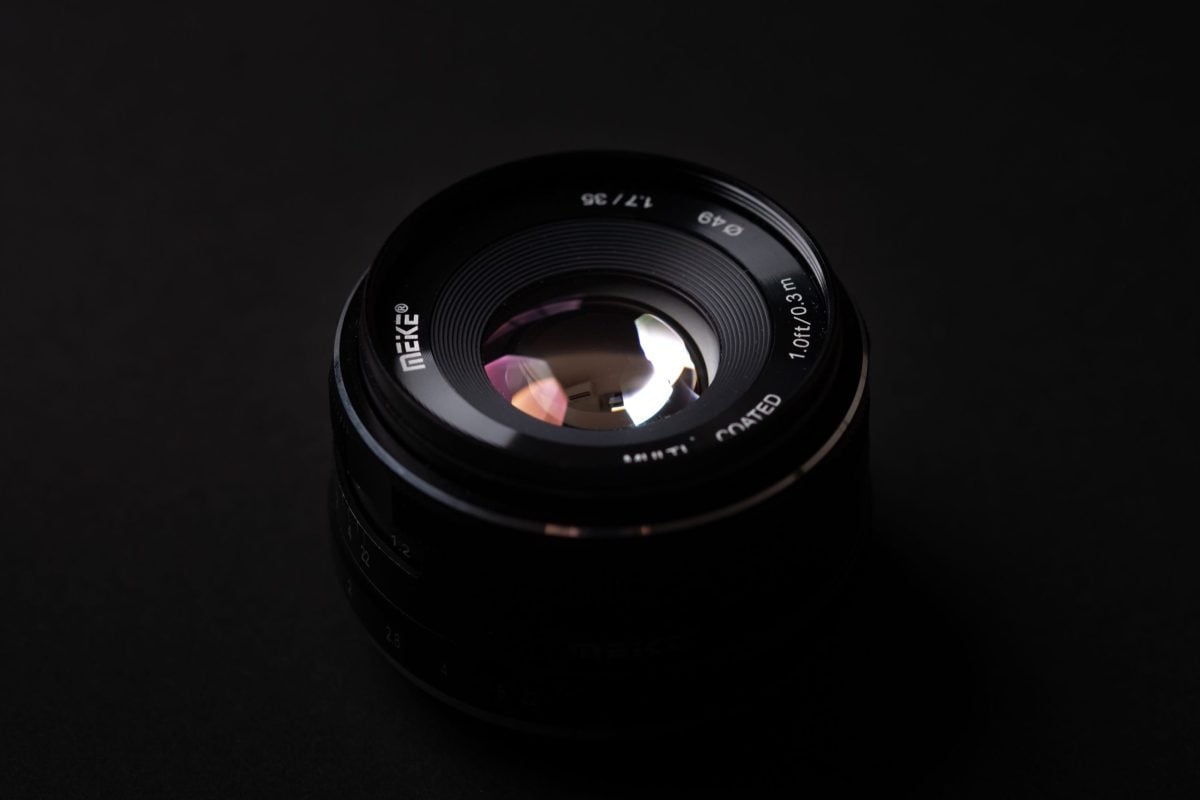
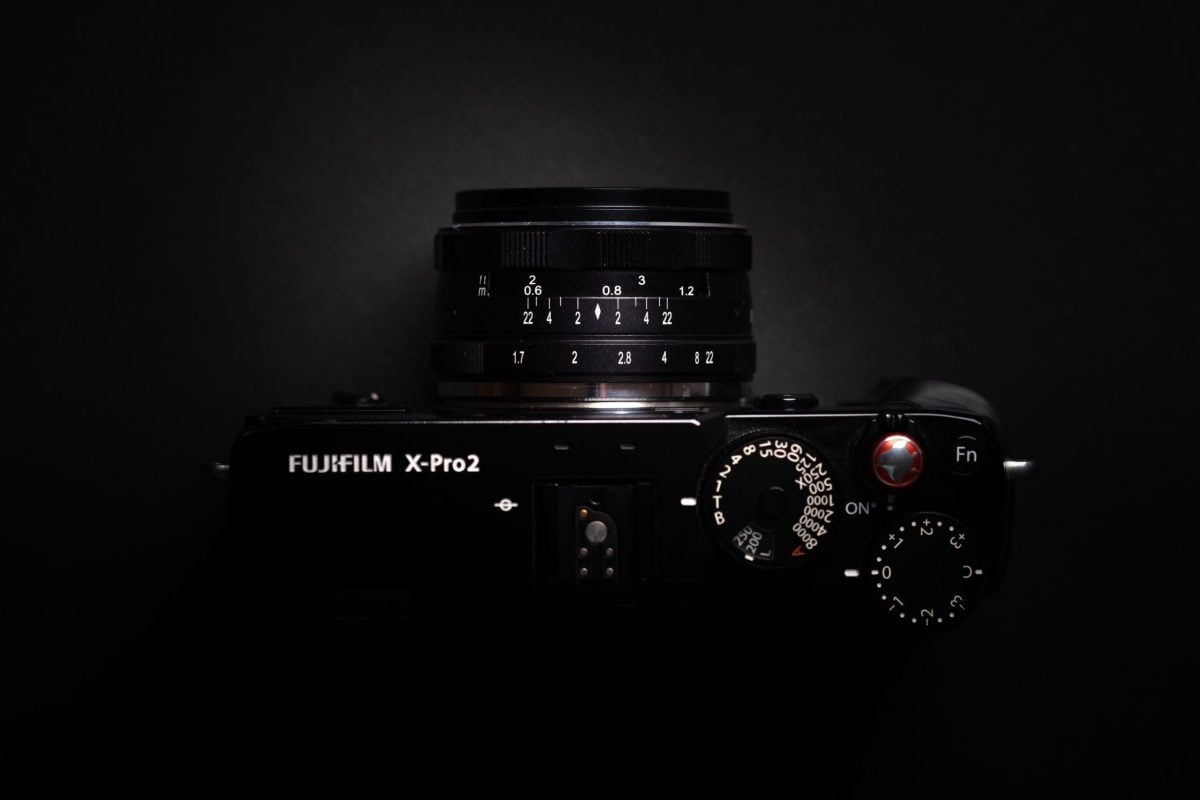
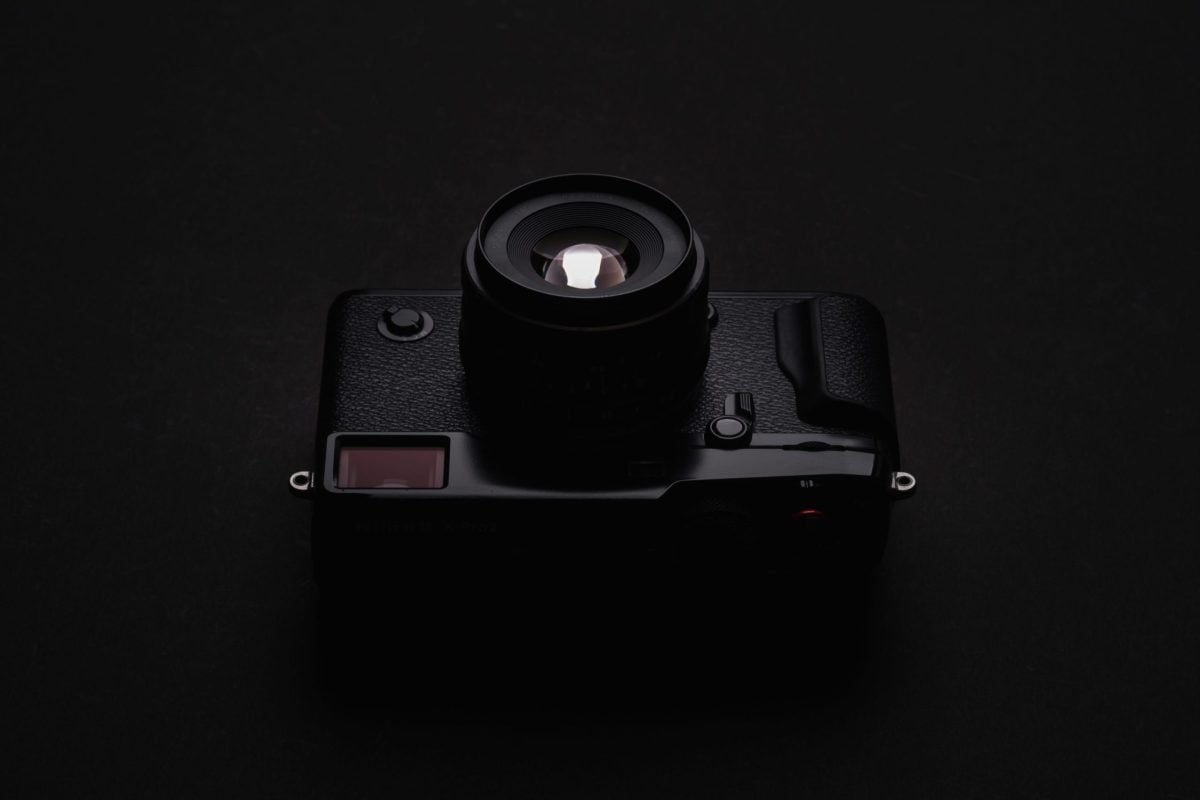
So far, the build quality is good. Better than most Chinese lenses that I’ve used. But, I think most of these lenses except maybe, Mitakon, Kamlan, and Handevision actually come from the same factory so they may have just been lucky with the design on this one. For the most part, most Chinese lenses are assembled competently, usually, just the design is bad which can lead to problems down the road. Leaking oil on the aperture blades, sticking focus, lenses falling apart, etc.
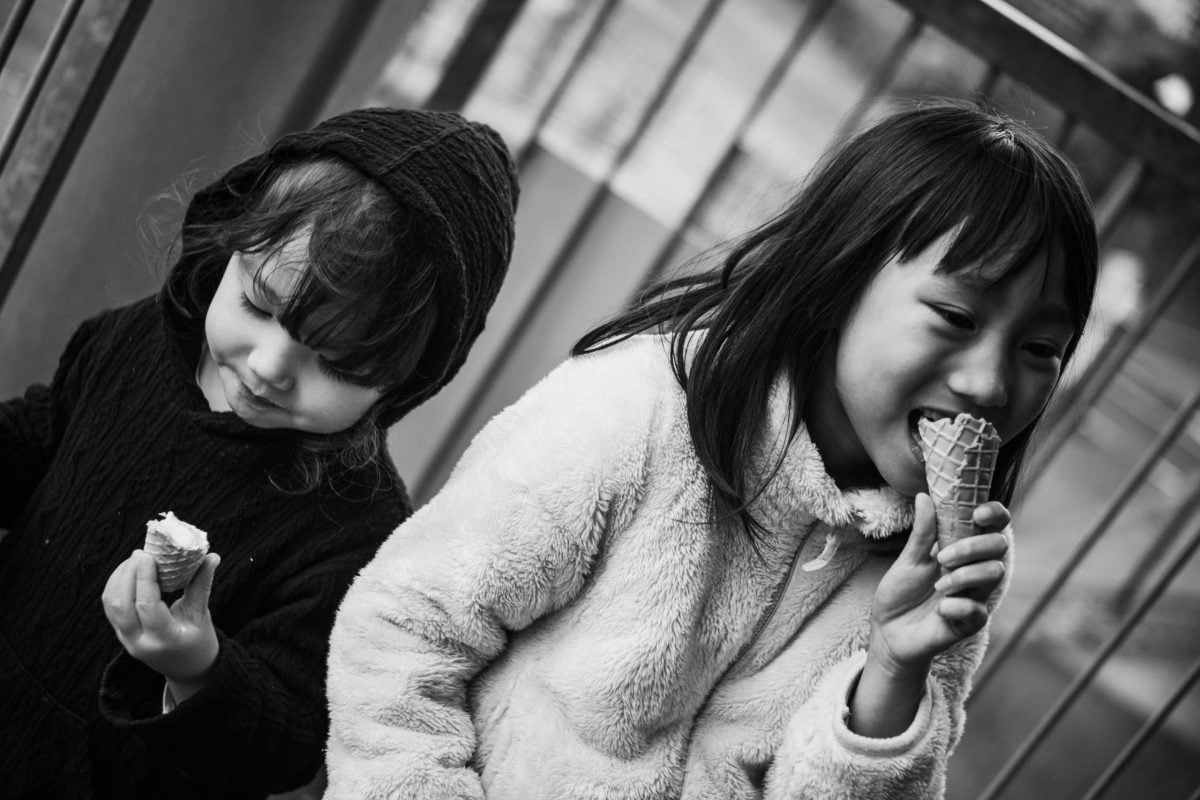
Meike 35mm f1.7 Review | Technical Overview
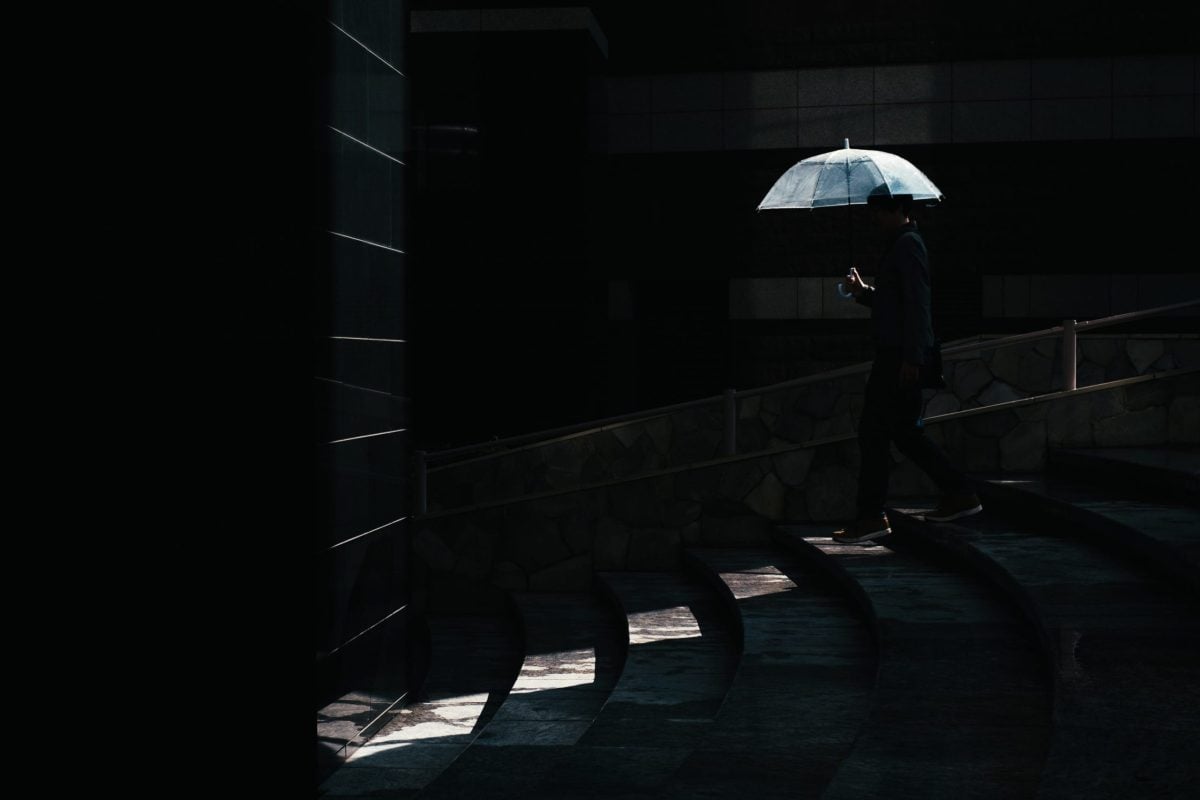
From a technical view, this lens isn’t bad at all. You get some soft corners wide open do to a strong field curvature, but they do clear up at those smaller apertures especially if you’re subject is further away where your depth of field is increased. You will get flaring, vignetting, and a little bit of CA as well as some very minor distortion, but it’s nothing severe. It’s all very easy to work with and the technical characteristics balance very well with character.
Sharpness
Center sharpness is really nice with the Meike 35mm f1.7 even when wide open at f1.7. As you stop down to around f5.6 it gets even better. So this is about as sharp as you typically see with APS-C lenses when they’re tuned for center sharpness. You can get a little sharper or a little less sharp, but for the most part, this lens is in the ballpark of good center sharpness.
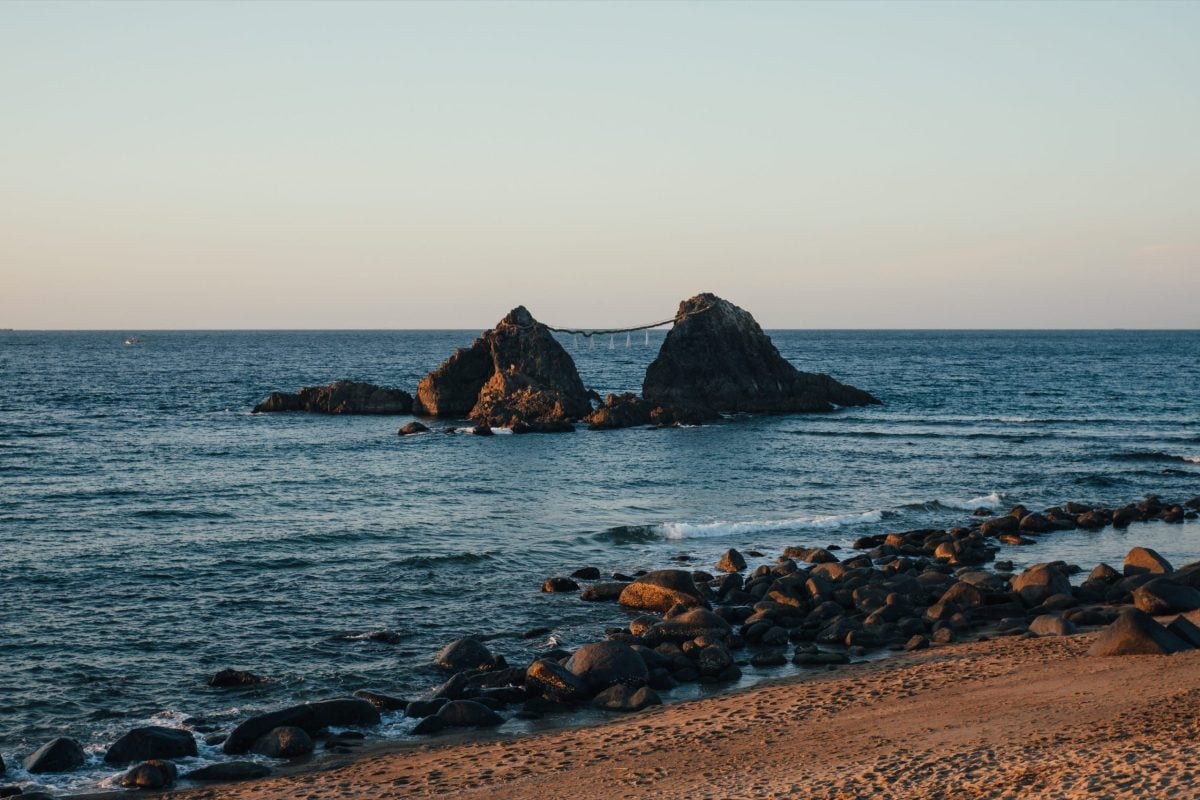
I think some people get a little too carried away with how sharp a lens is. It matters with a few styles of photography but not for general shooting. This lens is sharp enough that I would feel comfortable using it for landscapes.

You can see that the center is sharp, but the corners are a different story and there are some weird things that happen.
In the corner sharpness sample below, you’ll notice the vignetting affecting the image at f1.7 and f2 with some softness. By f2.8 vignetting clears up, but then we get some sort of extra softness from some sort of spherical aberration. I actually haven’t seen a lens dip in sharpness this bad as you stop down at a certain aperture. I double-checked my results and it would seem like f2.8 just doesn’t have great corner performance, but it could be from the field curvature.
It’s weird, the lens is sharper at f1.7 and f2, then it drops at f2.8 and f4.
Once you’re around f8 the lens produces some really nice corner performance. If you’re shooting landscapes at f8, you’ll get some great performance.

About the field curvature – It only looks like the corners are bad here because of the curvature to the depth of field. You can focus on the corners and they look nicer, or you can shoot a subject matter that is further away and stop down, and it looks nicer. It’s about getting those corners to be on the same focus plane when shooting close-up objects that’s tricky since the corners will be out of focus, and this is why they look soft. That’s actually what’s happening in this chart here. I don’t focus for the corners when doing my charts and I’m only about 10 feet from this chart so the corners end up being out of focus because of that curvature.
Vignetting
There is a bit of vignetting at f1.7 and f2, but it’s mostly gone by f2.8.

Distortion
There is some very minor barrel distortion.
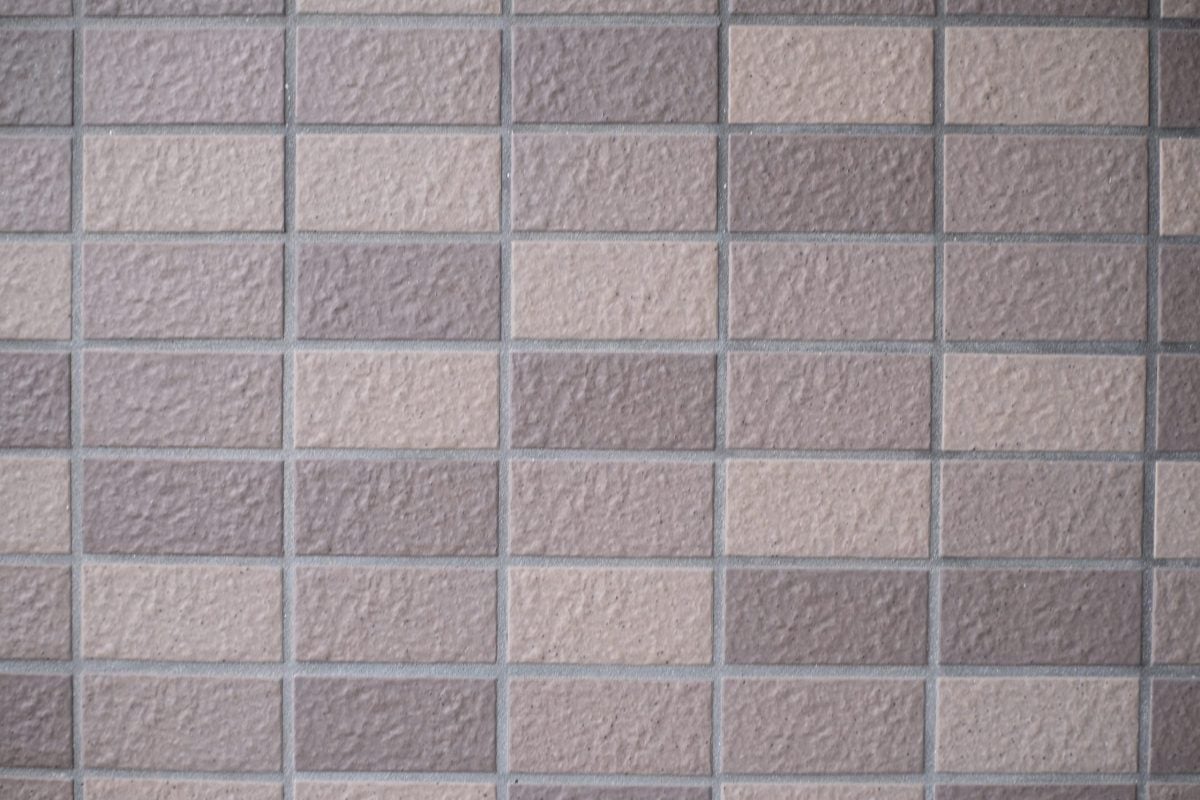
Chromatic Aberrations
Chromatic aberration issues are very minimal. At f1.7 you can get some in some very high contrast situations, but they will clear up at f5.6.
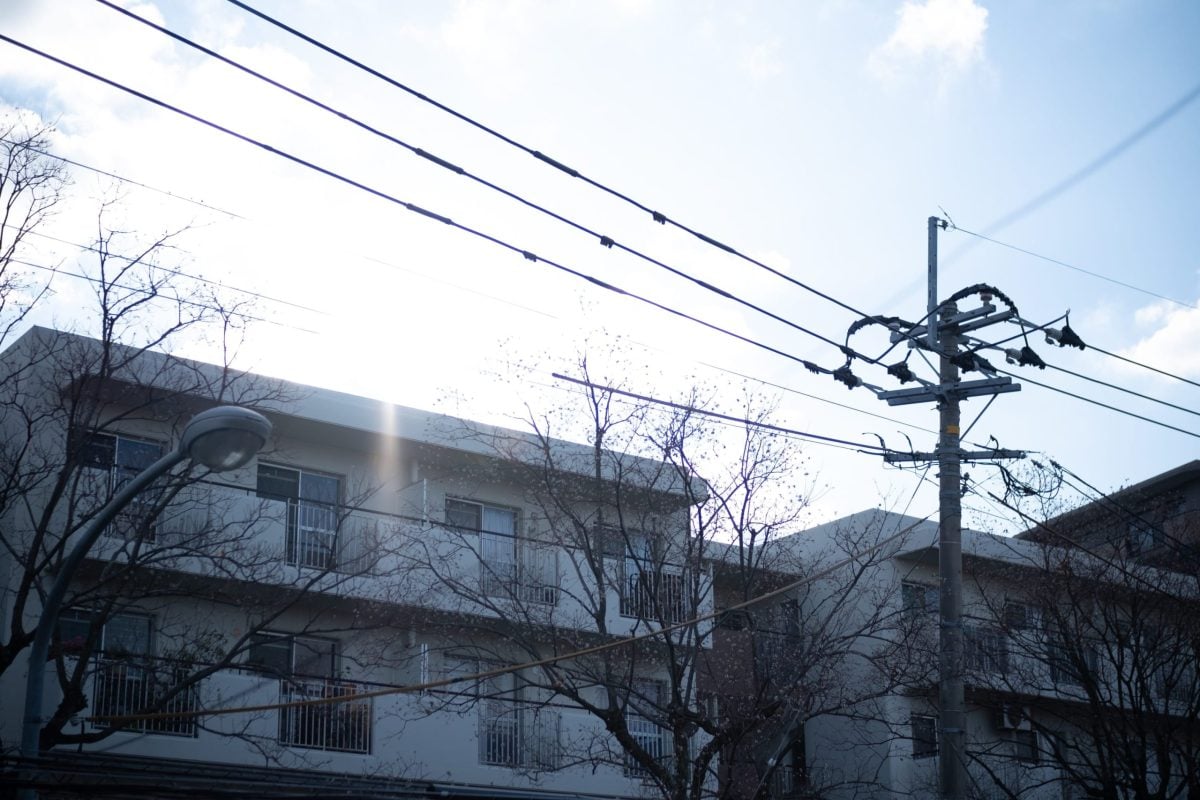
Art & Character

The Character of this lens is fantastic. You won’t get as crazy or as a fun character as you do with the 7Artisans 35mm f1.2, but instead, you get a little nicer image quality but a little less flaring and bokeh.
I think the micro-contrast of this lens is actually a little nicer than the 7Artisans 35mm f1.2.
One of these days I’m actually going to do some side-by-sides so I can actually see which lenses have the best micro contrast rather than going off just feeling. These low-element primes are all very close though and it’s probably impossible to tell the difference.
Bokeh
The Meike 35mm f1.7 is only an f1.7 lens, but the depth of field is still very shallow. You will see some swirls in some situations and it can get a little edgy or nervous as your subject moves further back from the lens. But for the most part, it’s nice. Very rich and vibrant, the only problem is that it swirls toward the corners and edges.
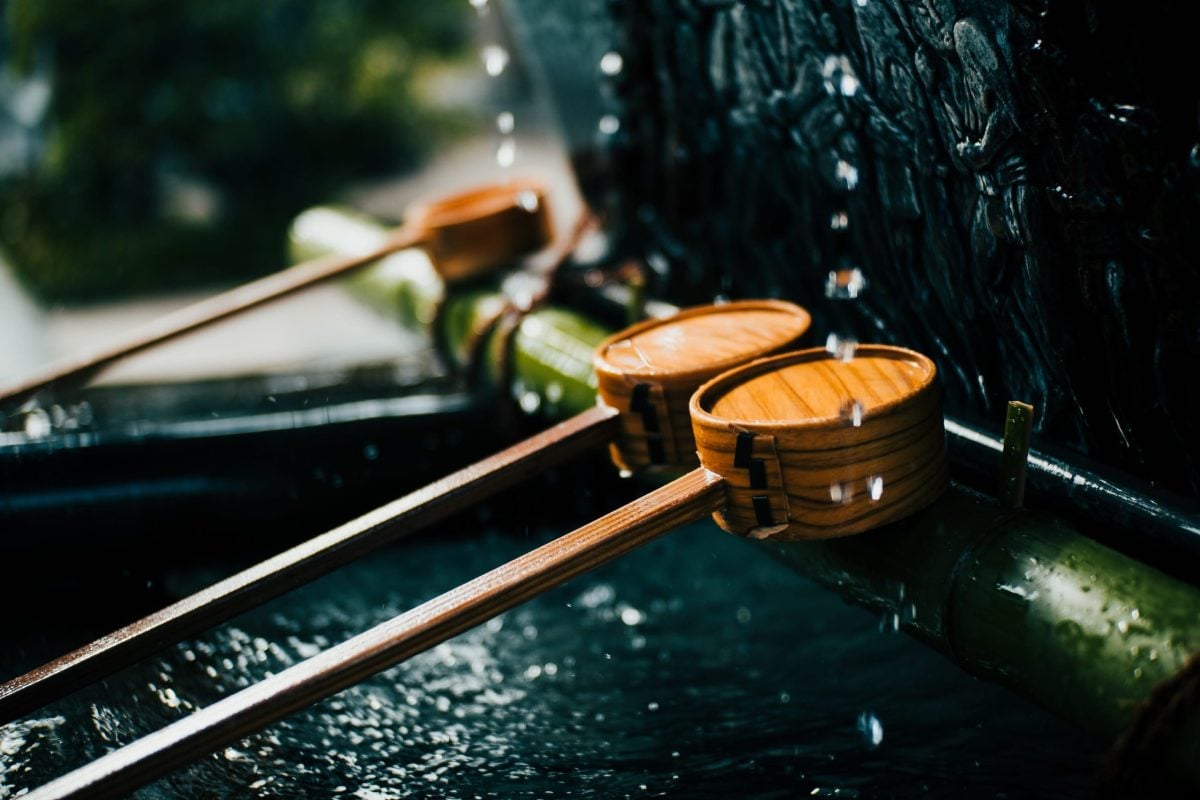
There is a pretty strong curve to the focus area from center to edge. Most lenses do this a little, it’s just a bit more extreme on this lens. My Voigtlander 35mm f1.7 Ultron also does this.




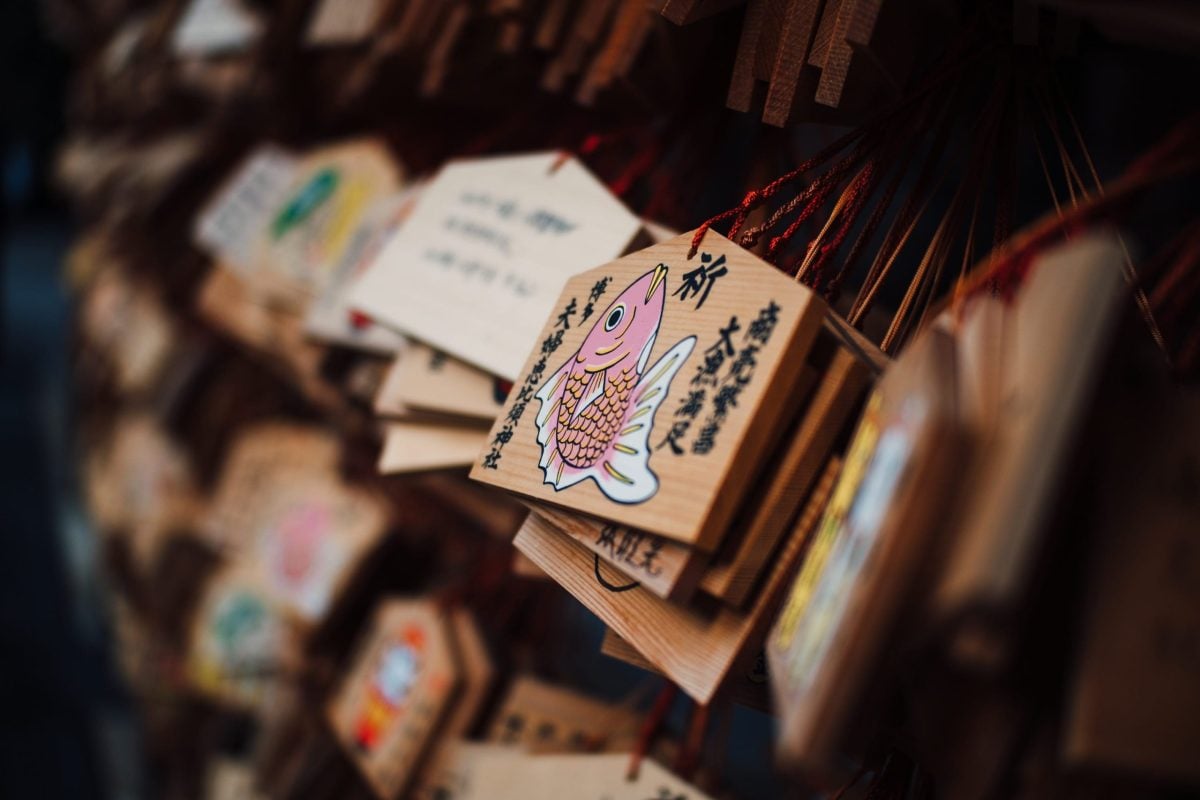

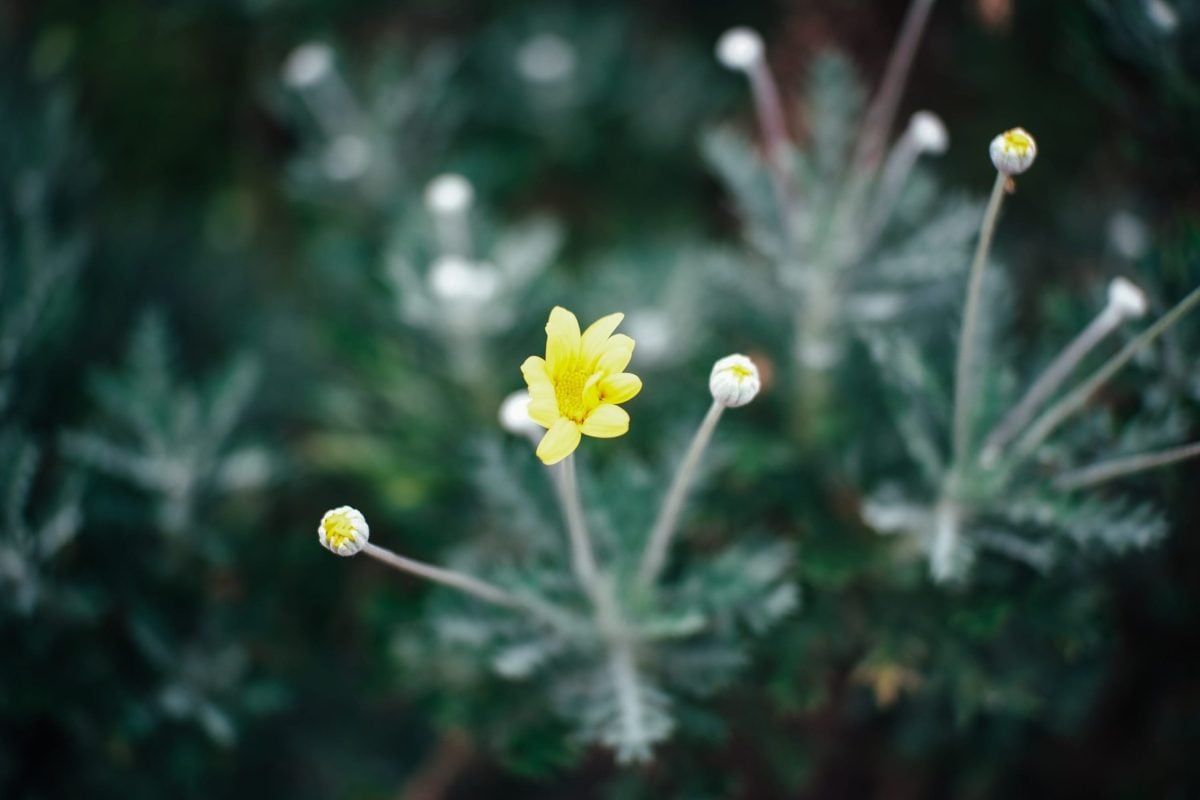

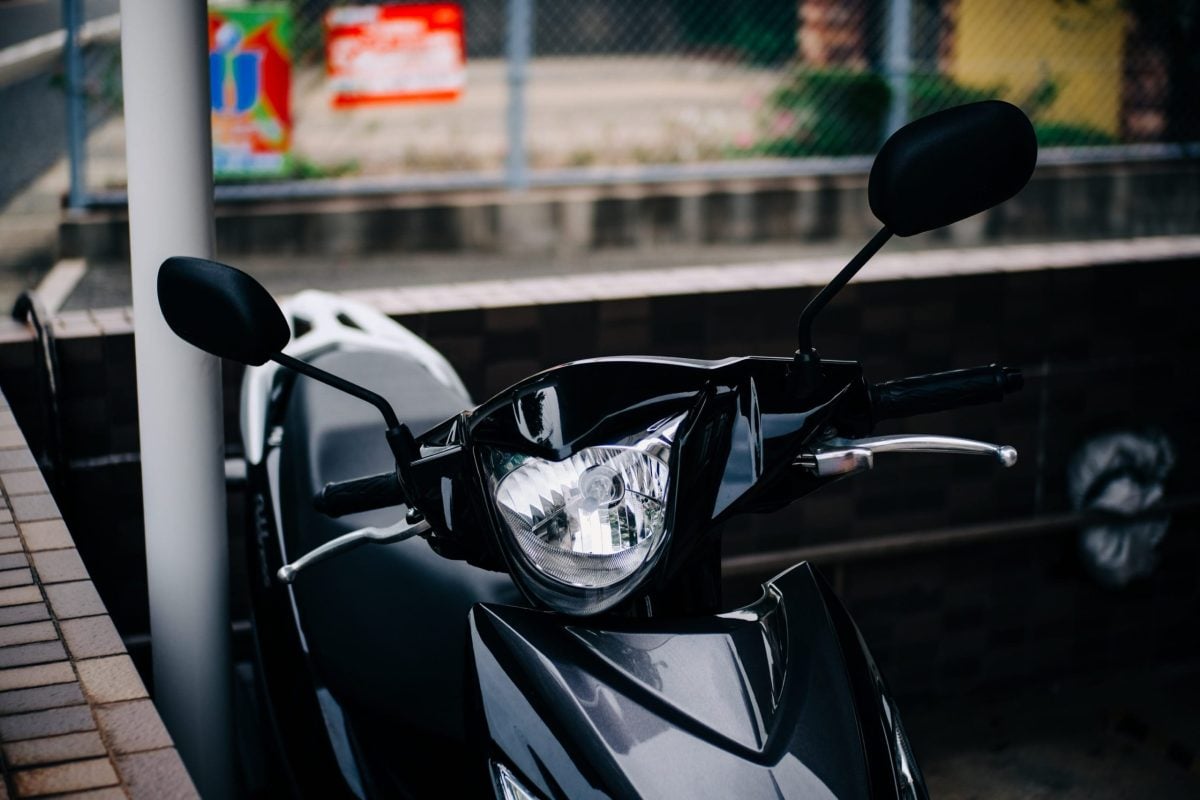


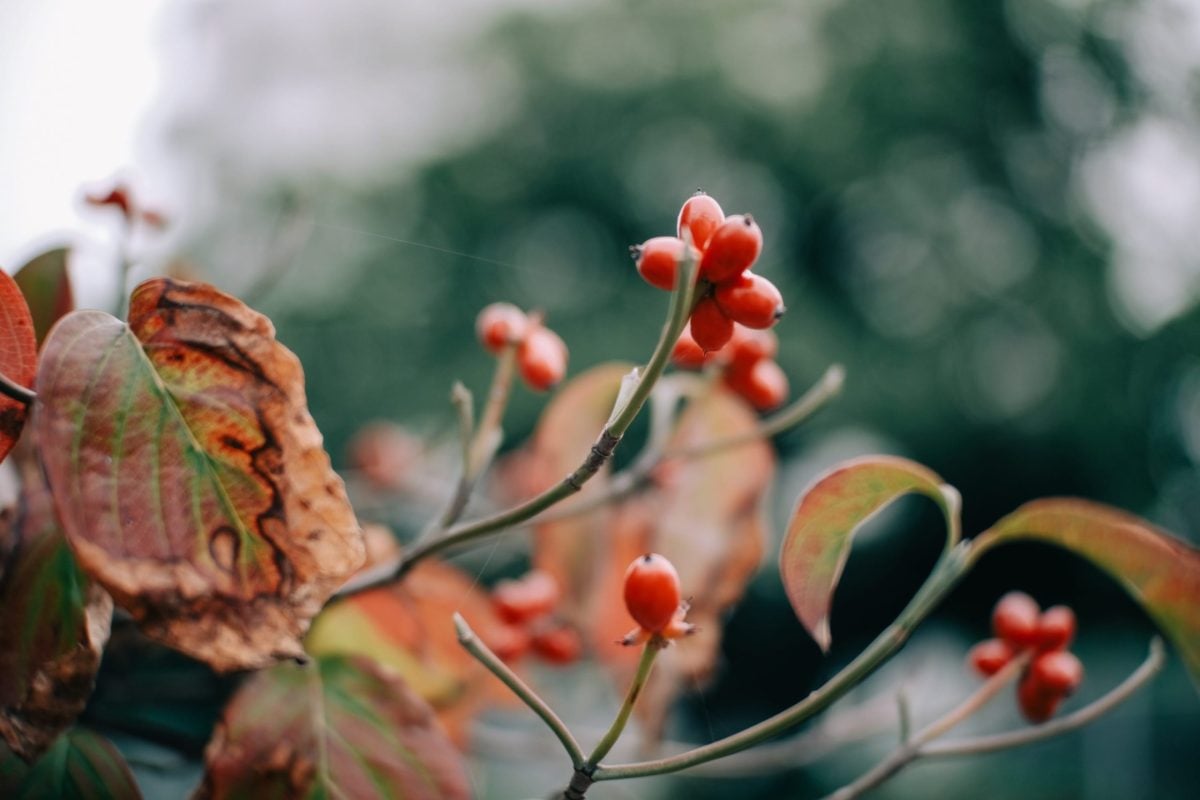

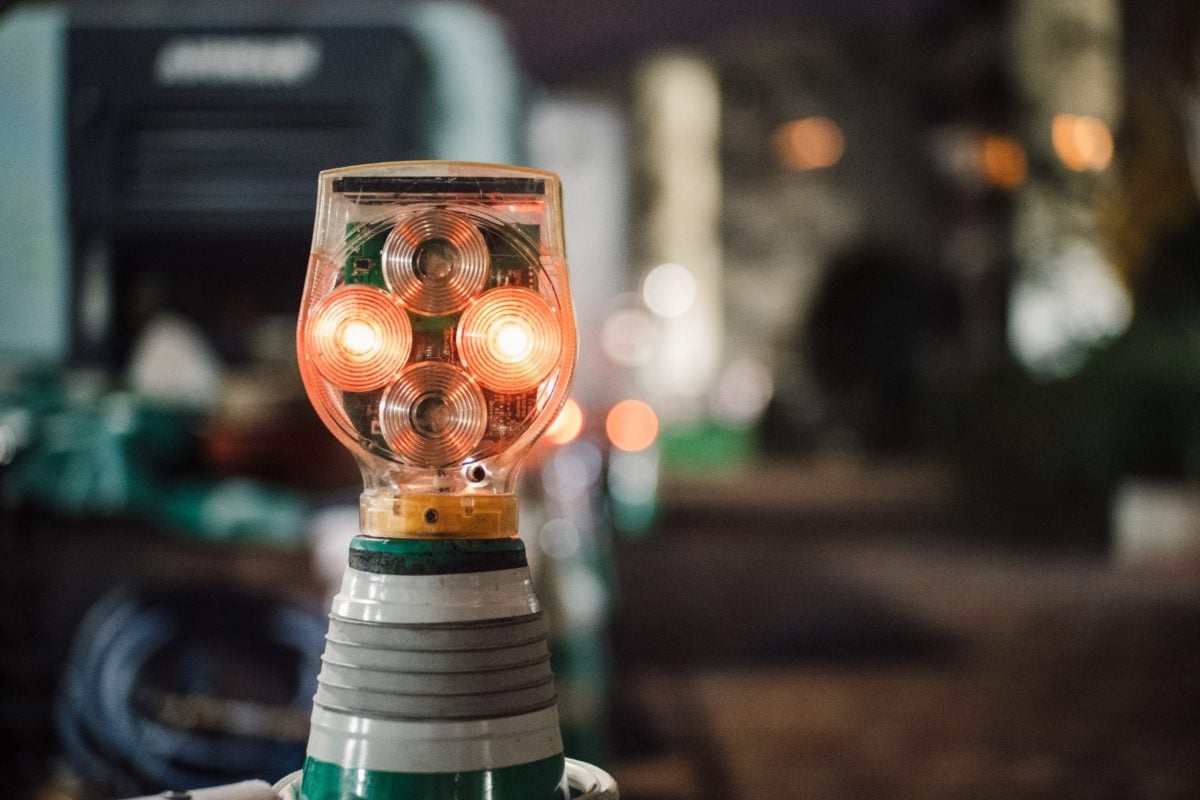
Lens Coma Bokeh Balls
There is quite a bit of coma and it can cause the bokeh to swirl a bit in some situations.
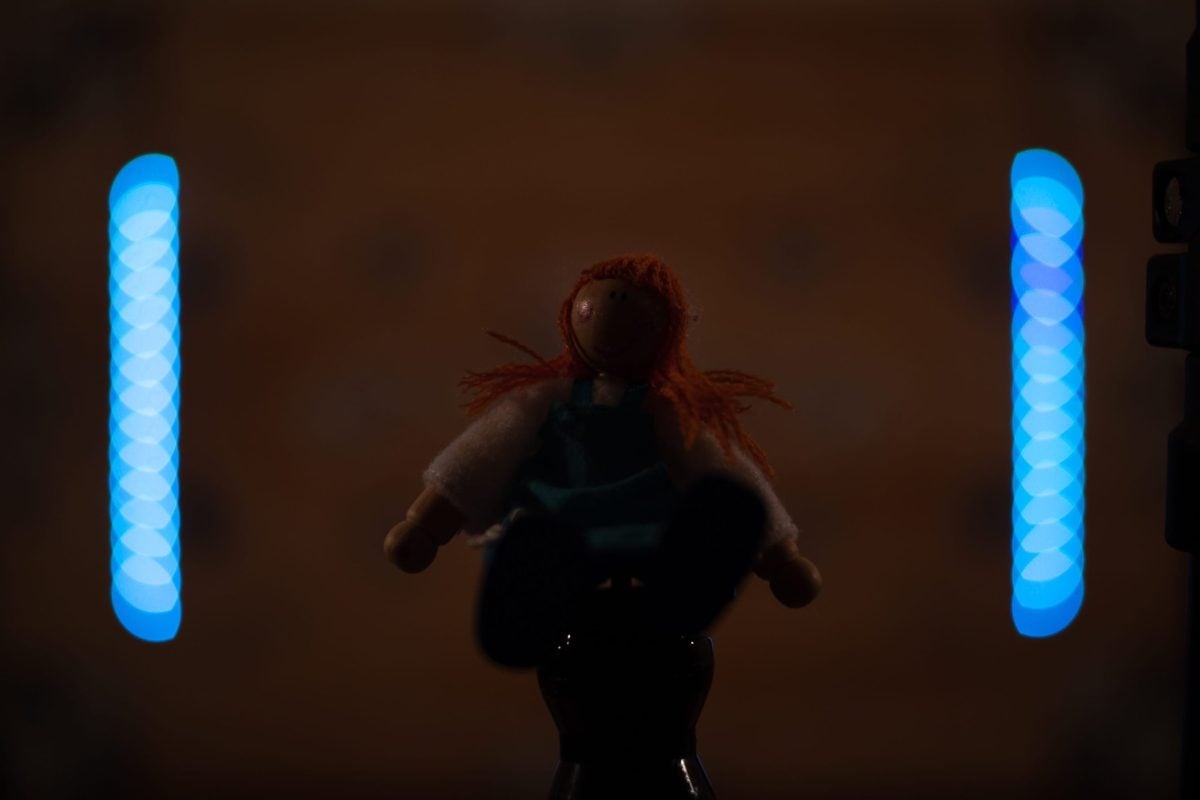
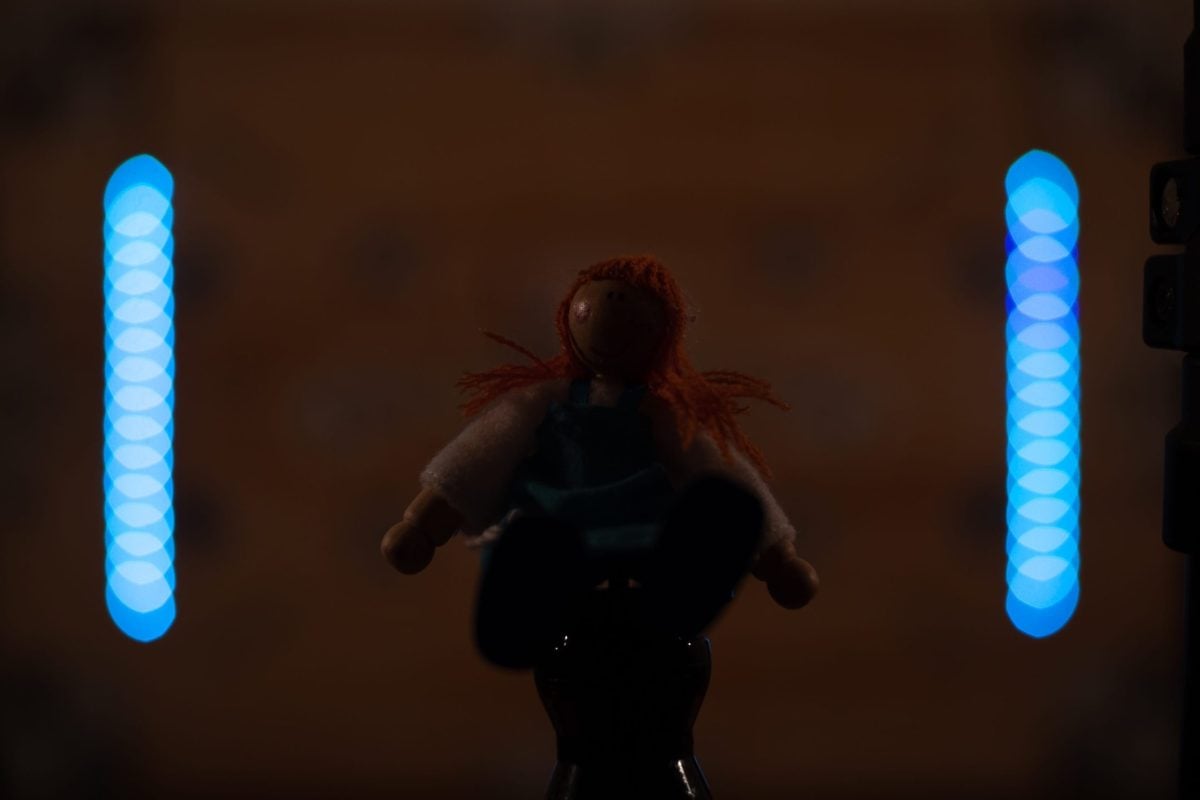
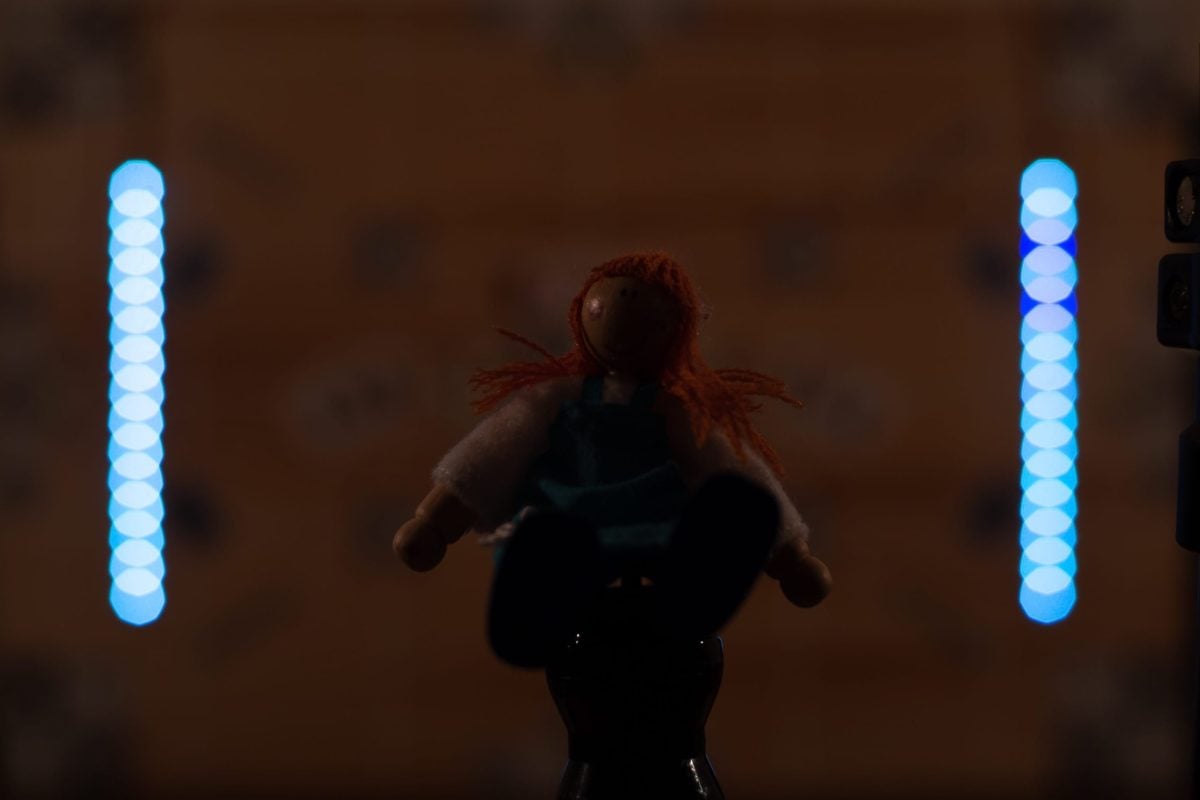
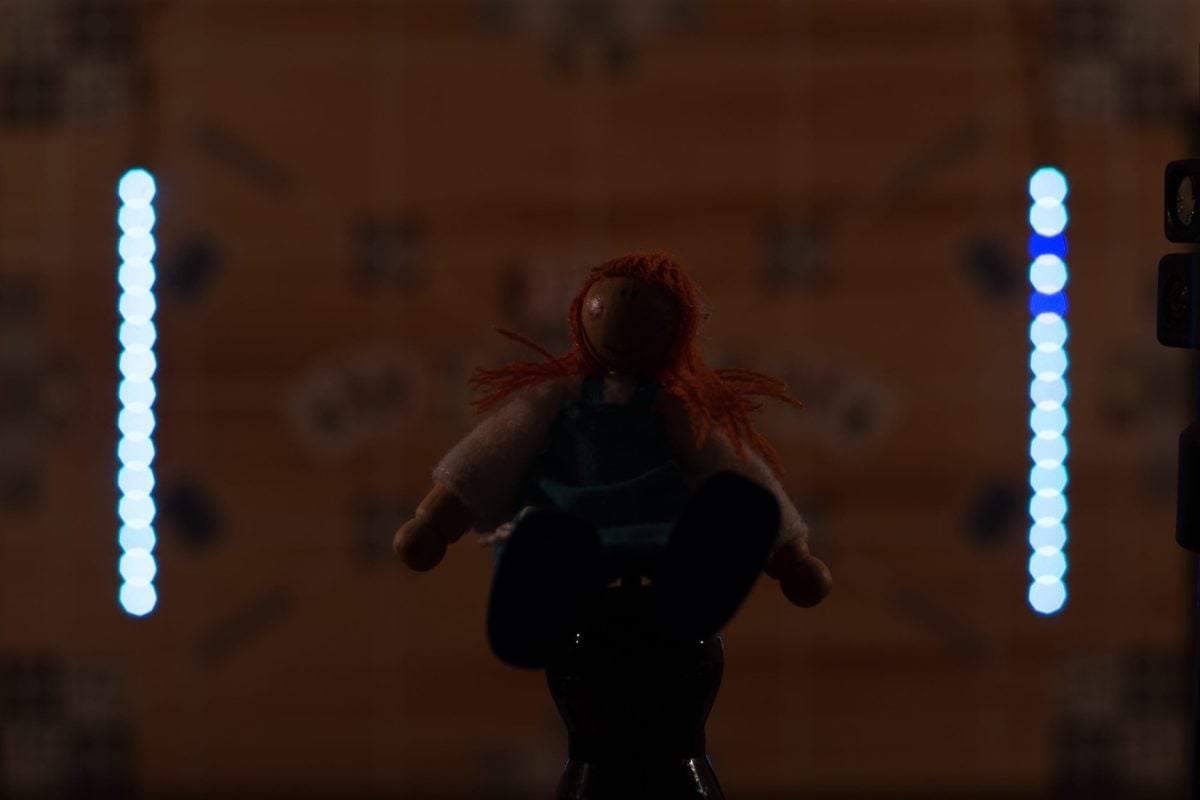
Flaring
This lens will flare. It mostly only flares when the sun hits the front element from a steep angle. It performs much better when pointing into the sun.
You’ll also get some flaring around artificial lighting if you’re shooting at night or indoors. I think it can look cool, but you will have to be a little careful as the flaring doesn’t always look great.

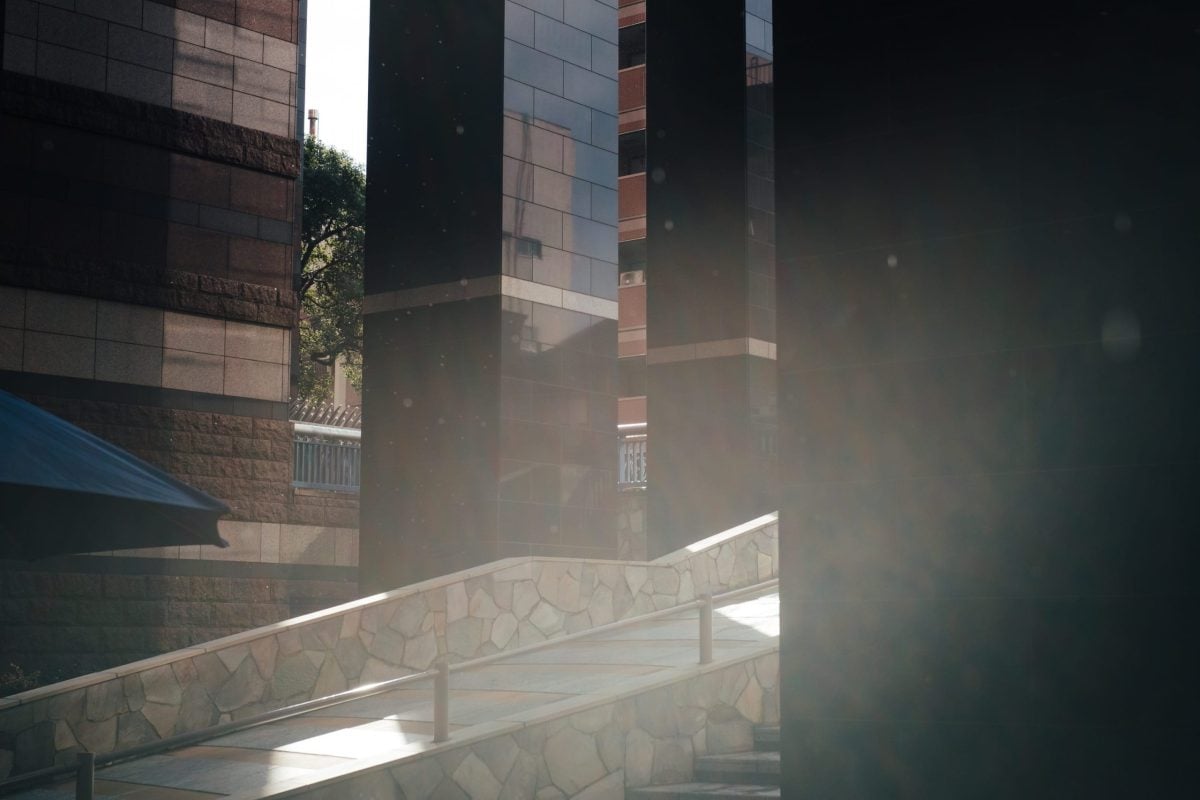
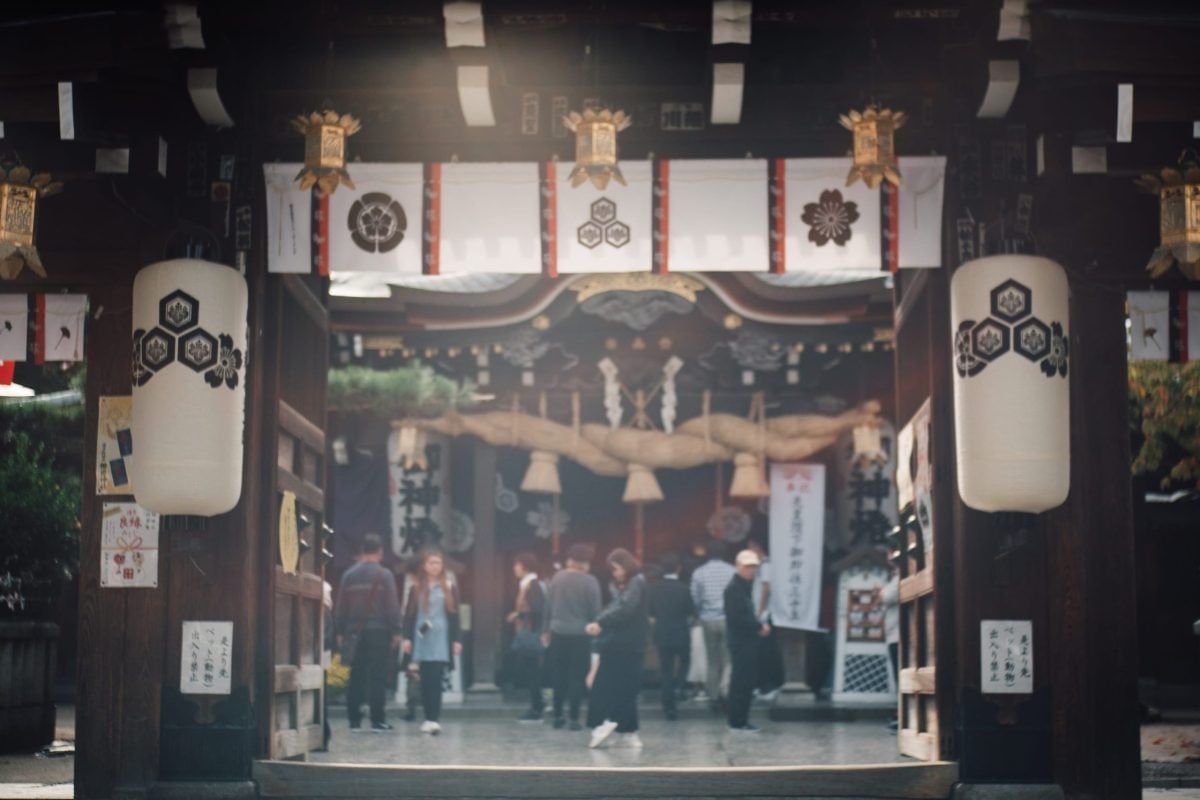
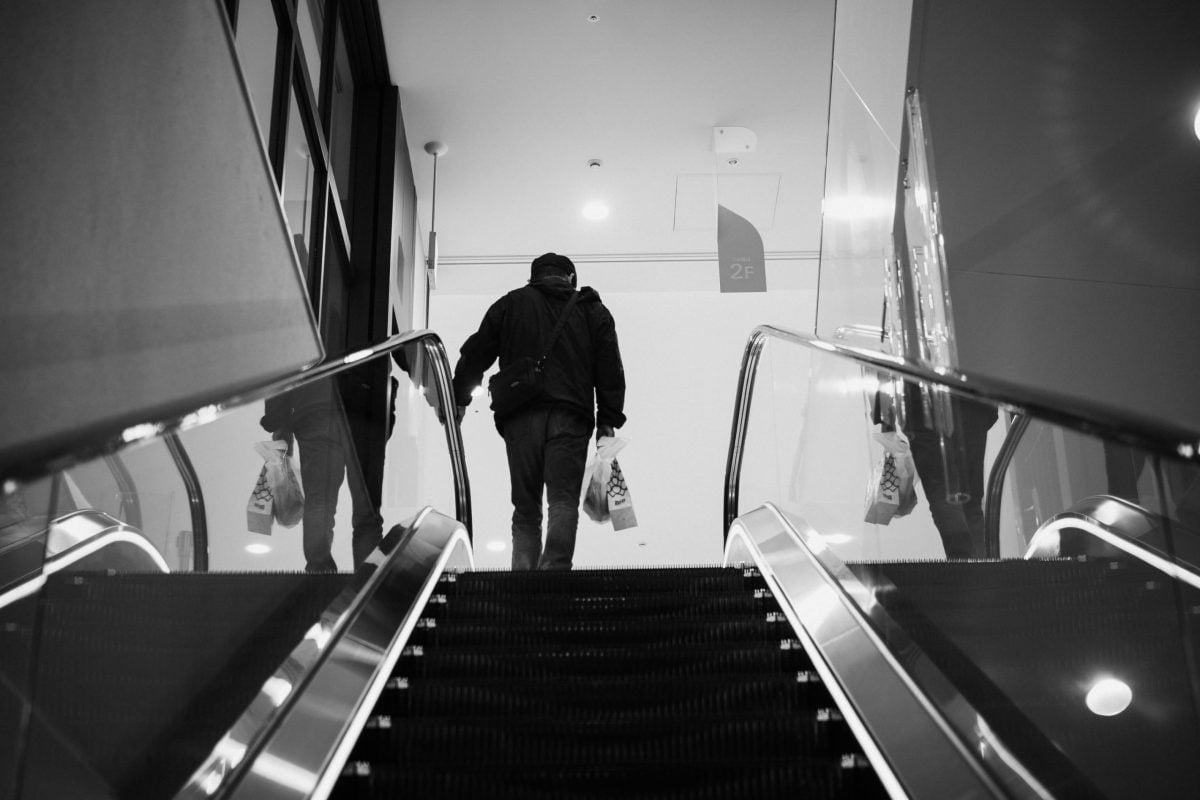


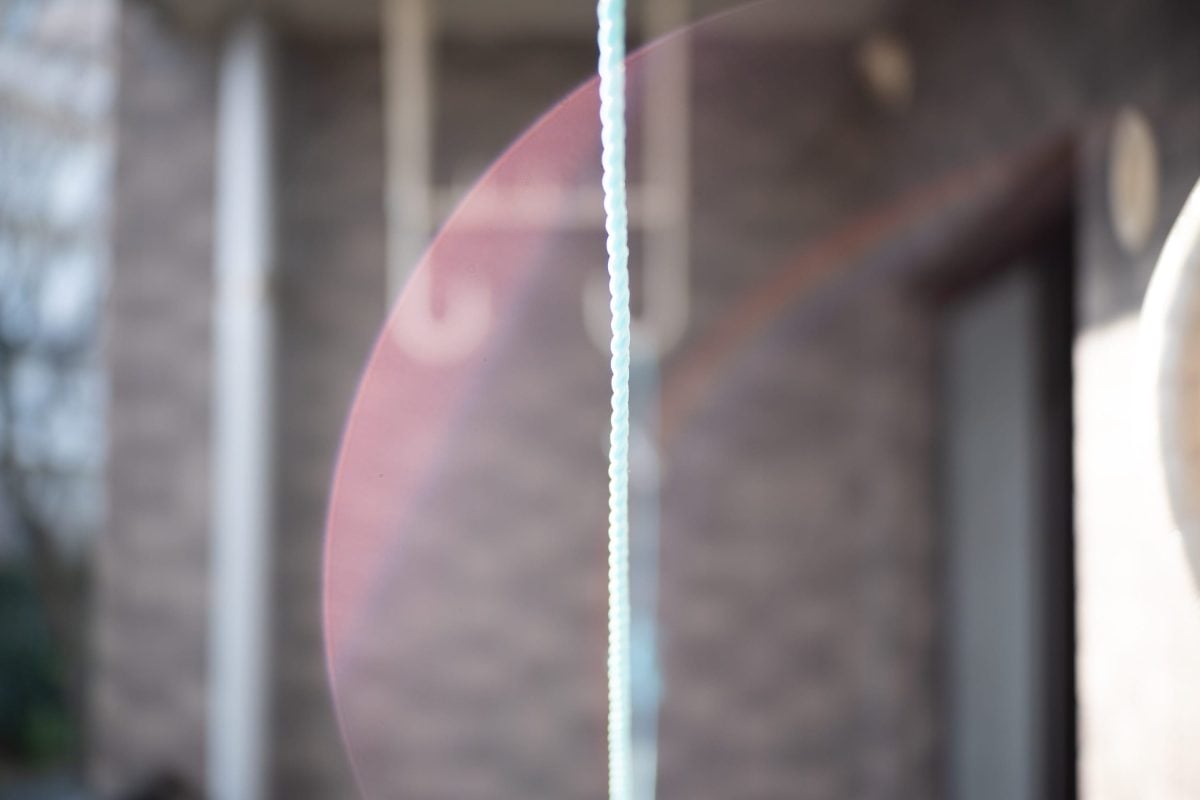
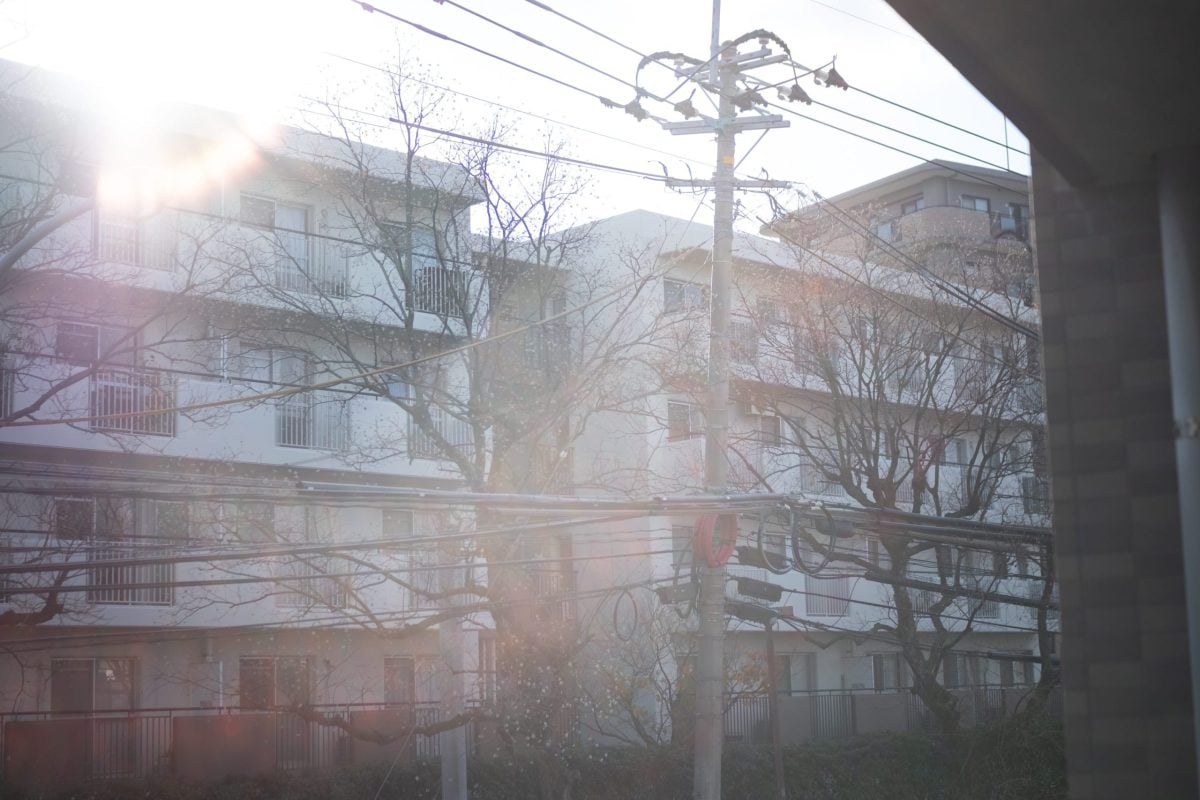
Color, Contrast & Micro Contrast
The color and contrast are really nice, even along the edges. Often with cheap fast lenses like this, the center is really nice but the corners get pretty bad. This lens maintains decent edges and corners even when wide open, which makes it a very useful general-purpose lens.
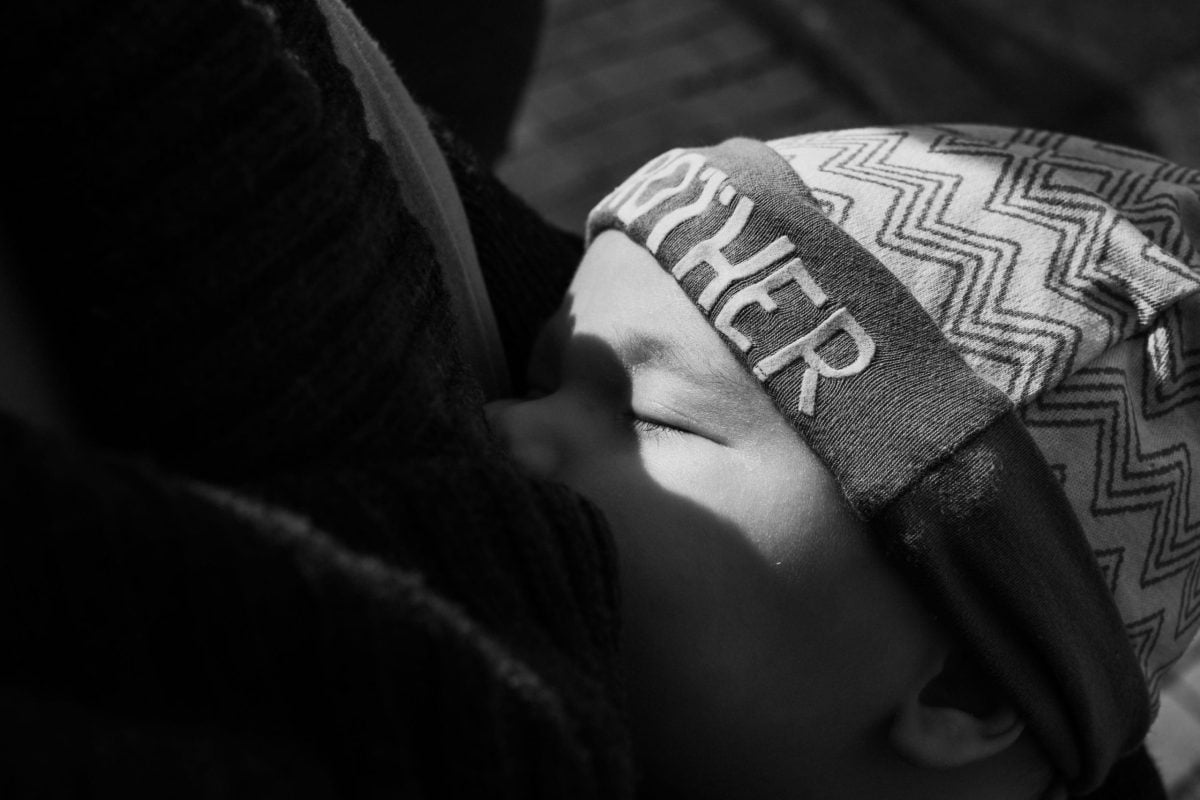
The contrast is very good and the colors look very good as well. There are no strange shifts in color and no color ring patterns.
Micro-contrast is fantastic with this lens. It’s one of the better micro-contrast lenses I have, so you get a ton of pop and tonal details in the colors.
While I do have some Chinese lenses that have really nice micro-contrast, they’re often not as sharp as this one nor do they perform as well in the corners. This makes images seem so crispy and punchy and I love it for black and white photography.
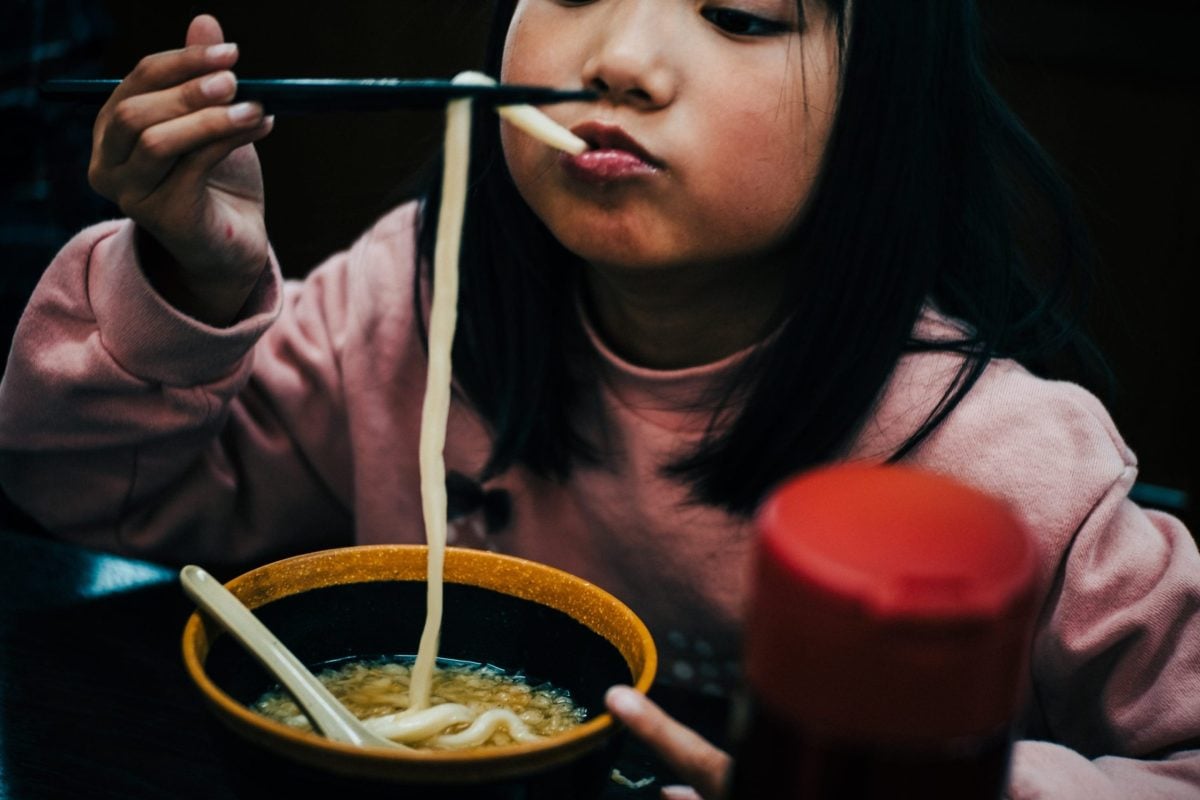
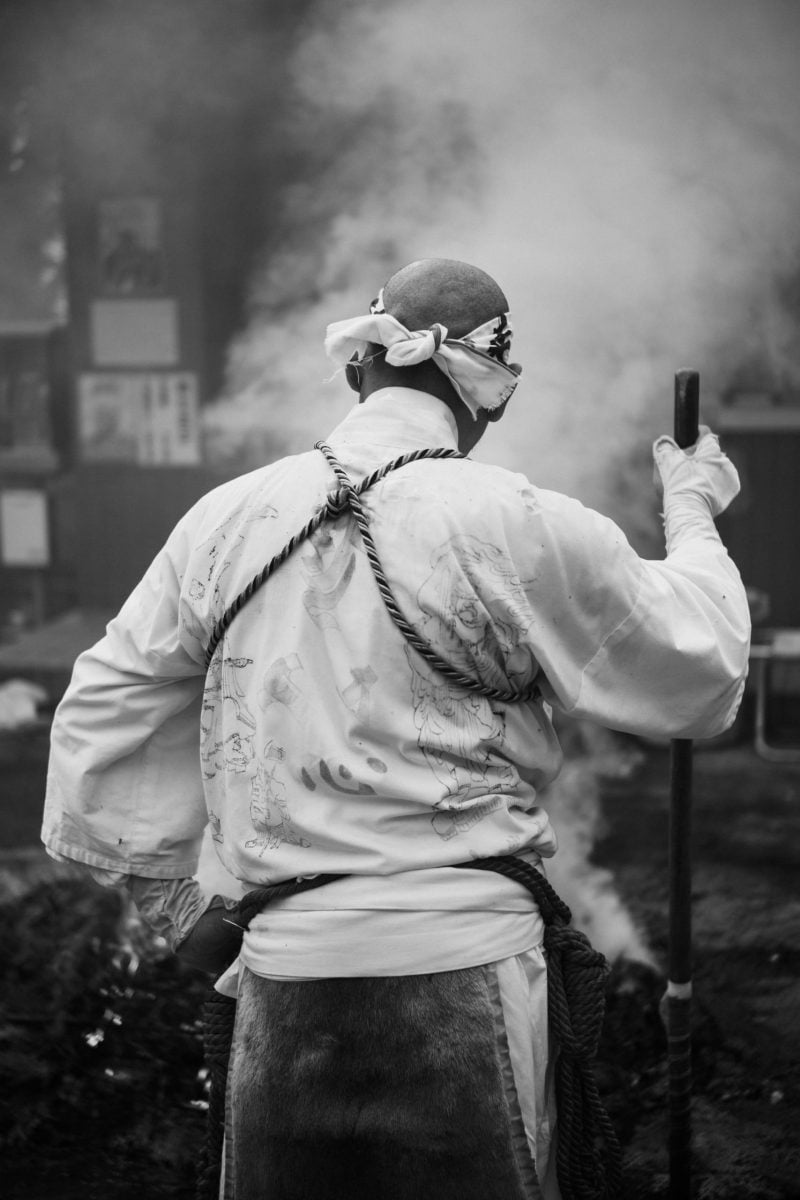


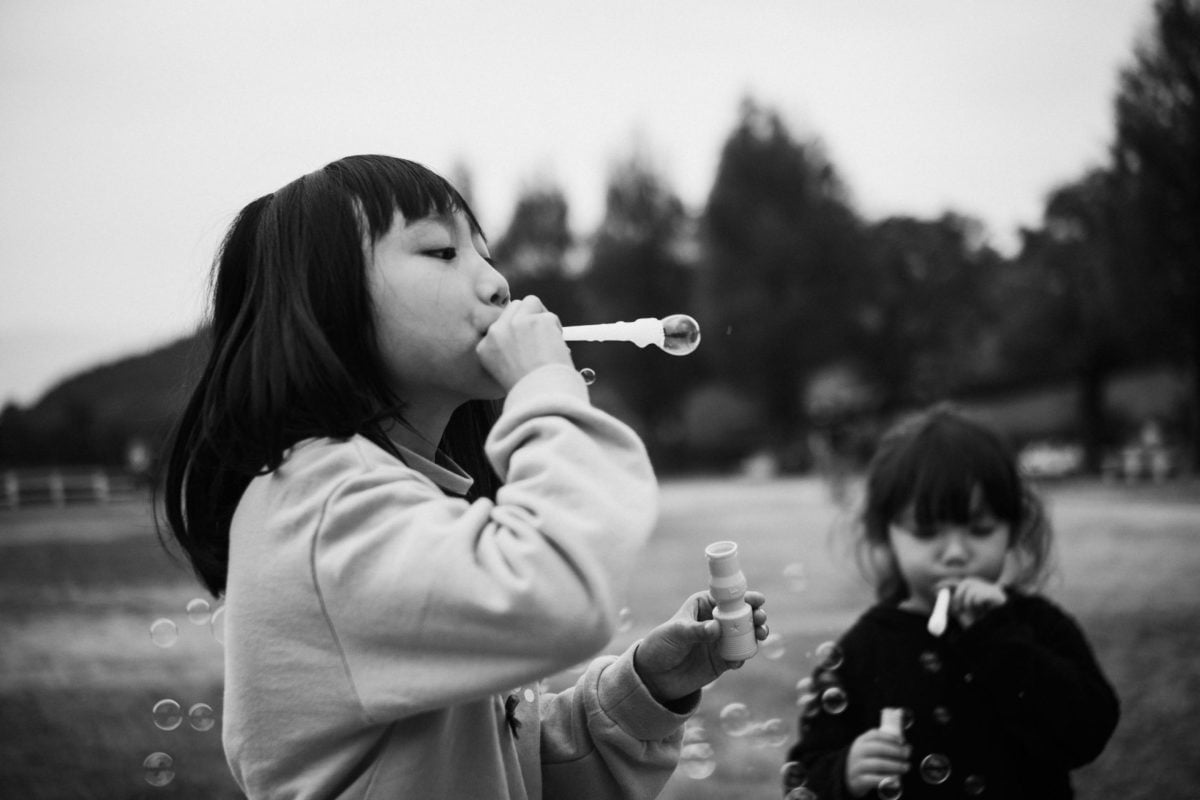
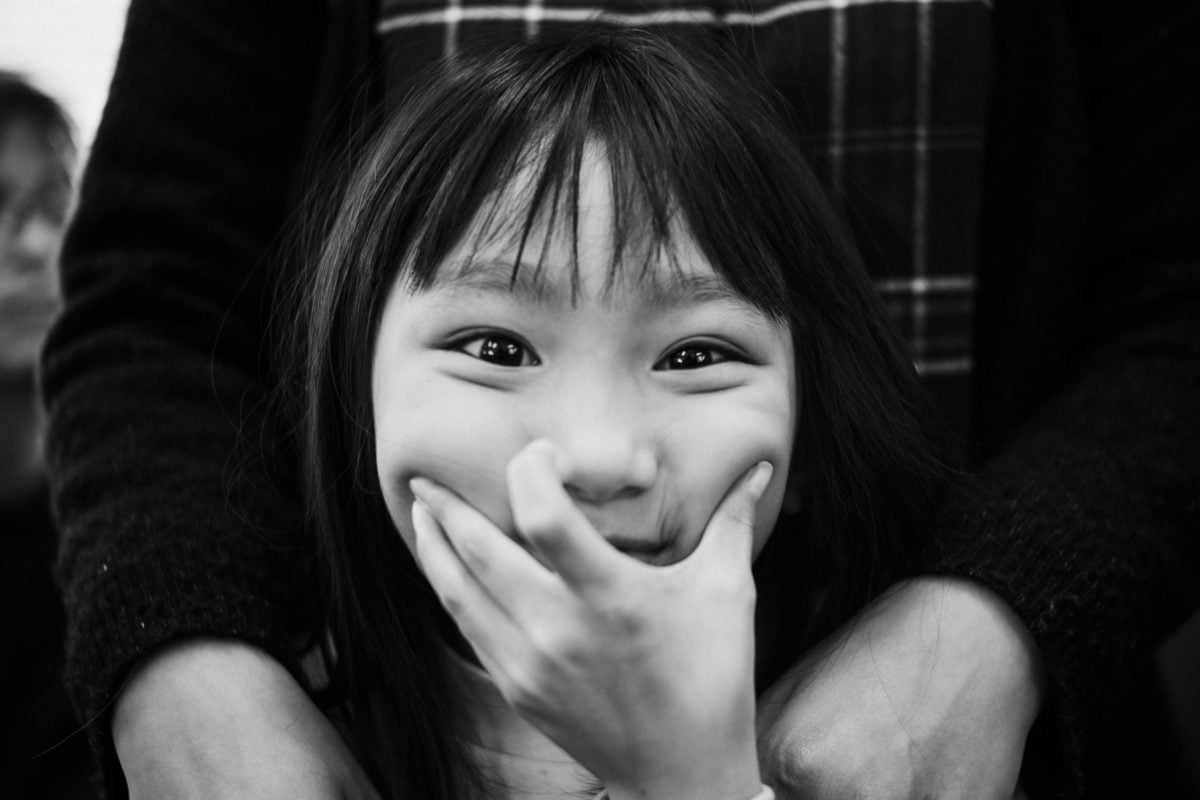
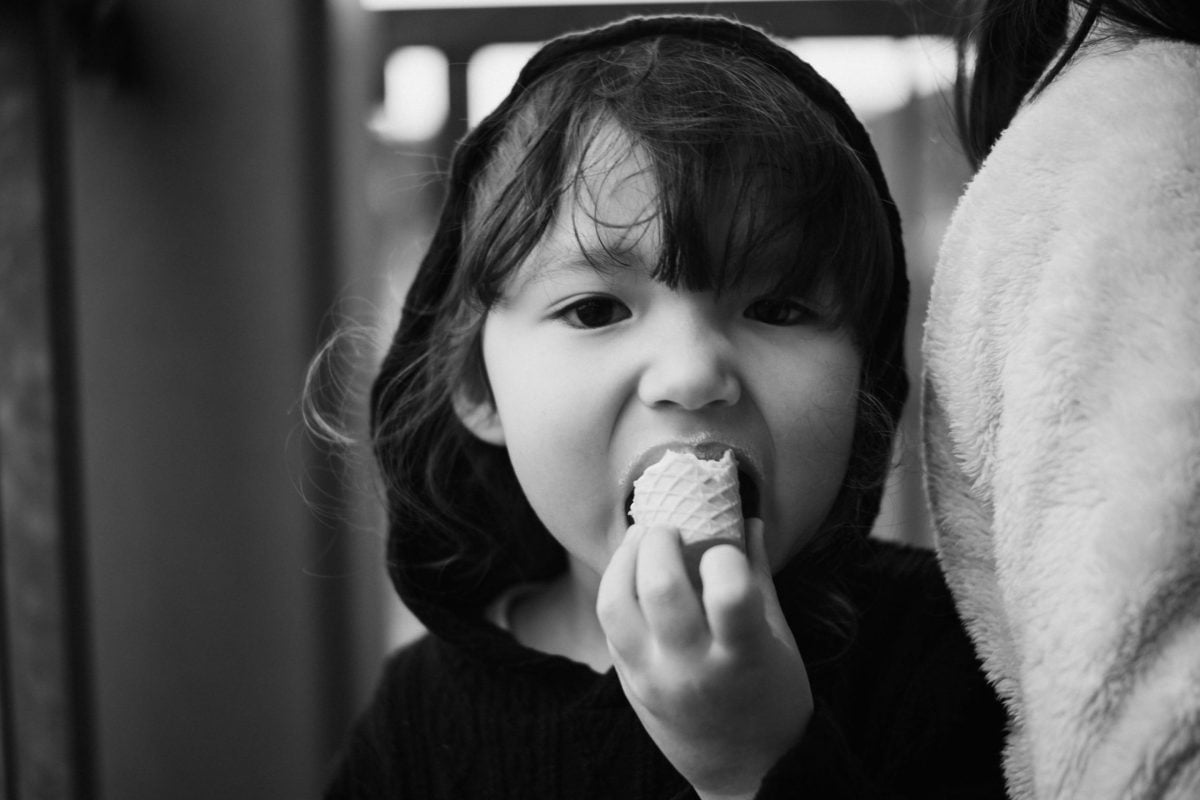
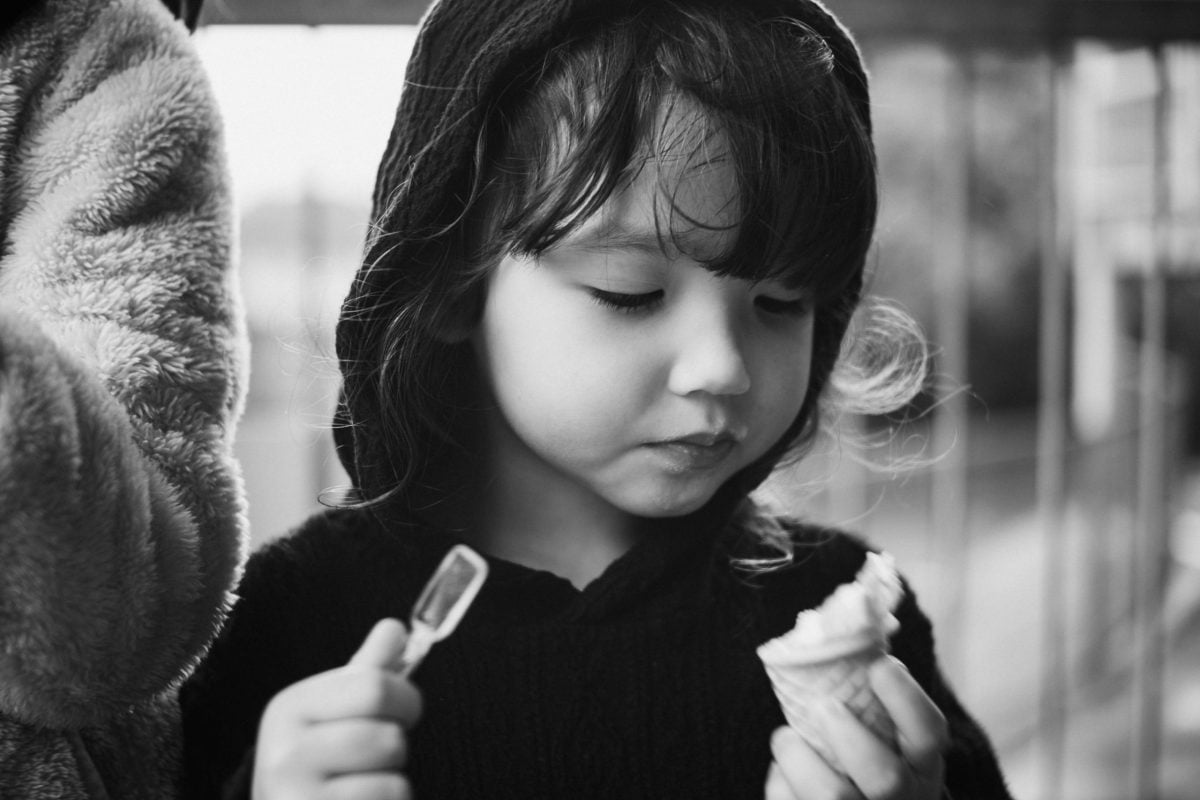


Straight Out Of Camera SOOC
Here are some straight-out-of-camera, untouched RAWs for you who don’t like to use Lightroom. You can of course always shoot JPG to add a look or punch them up a bit depending on your camera settings.
I like to show untouched RAW samples because they show you the true nature of the lens. You could take a pretty bad lens, and do a lot of fancy work in post to make it look good, but with this lens, the images look great right out of the camera.
Tons of contrast, nice pop, and very natural colors. Some minor cast but pretty much every third-party lens does that.
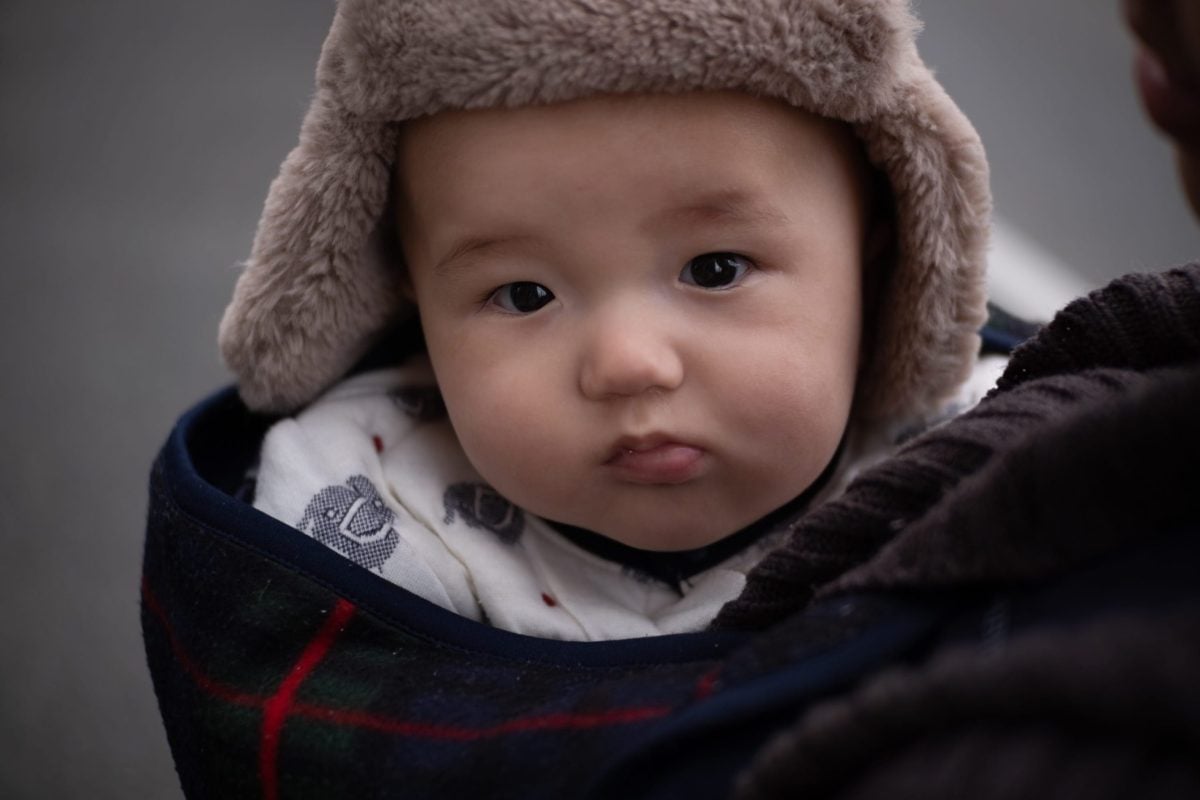
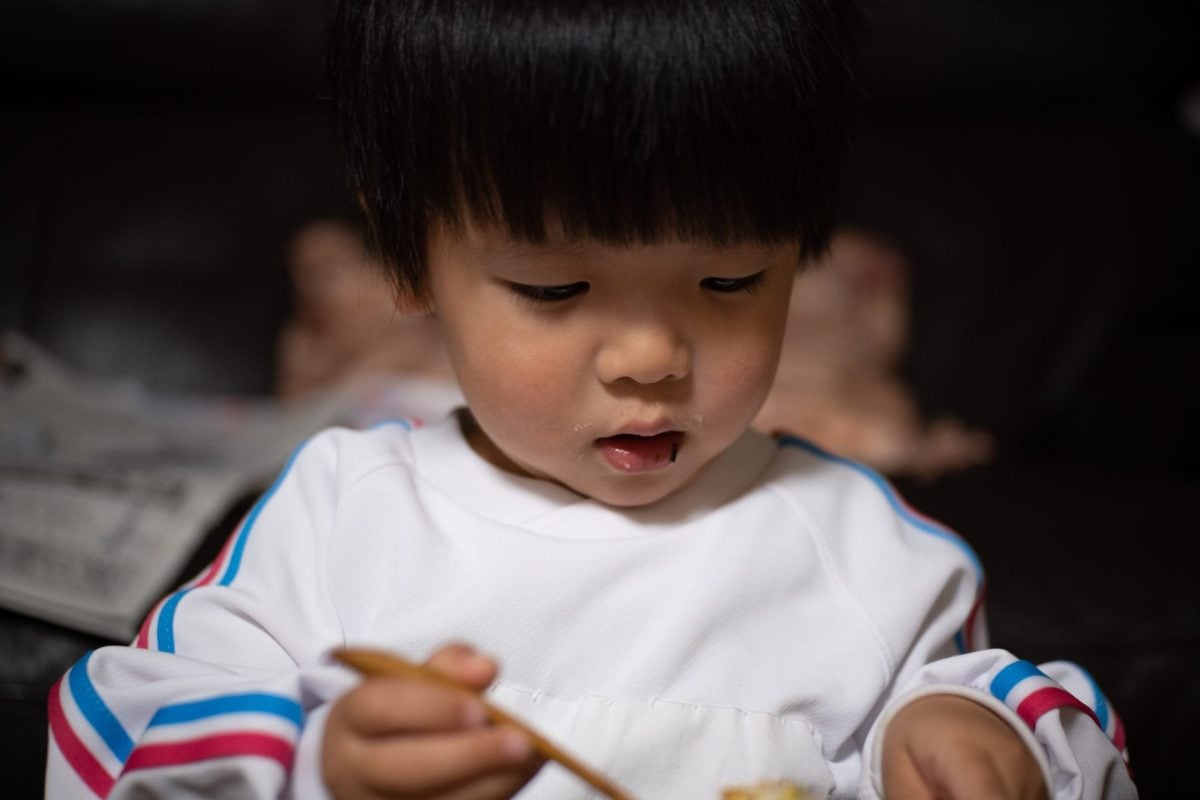
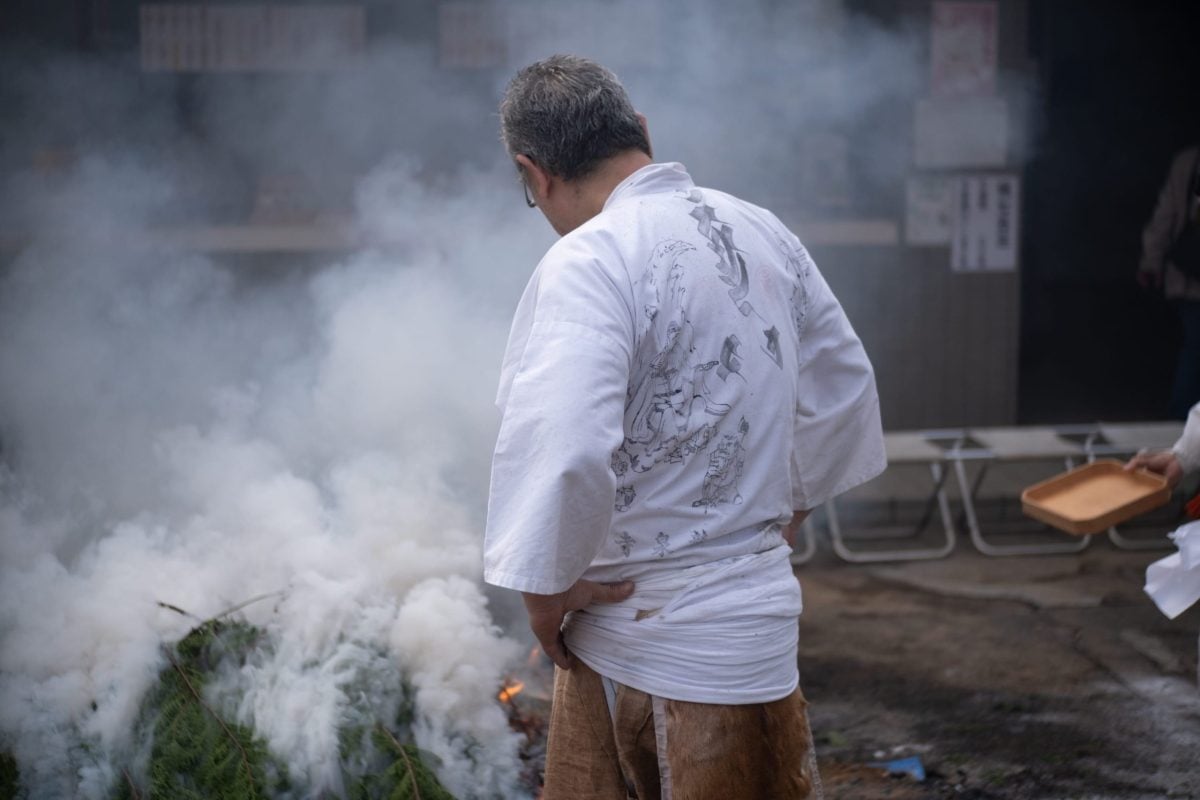


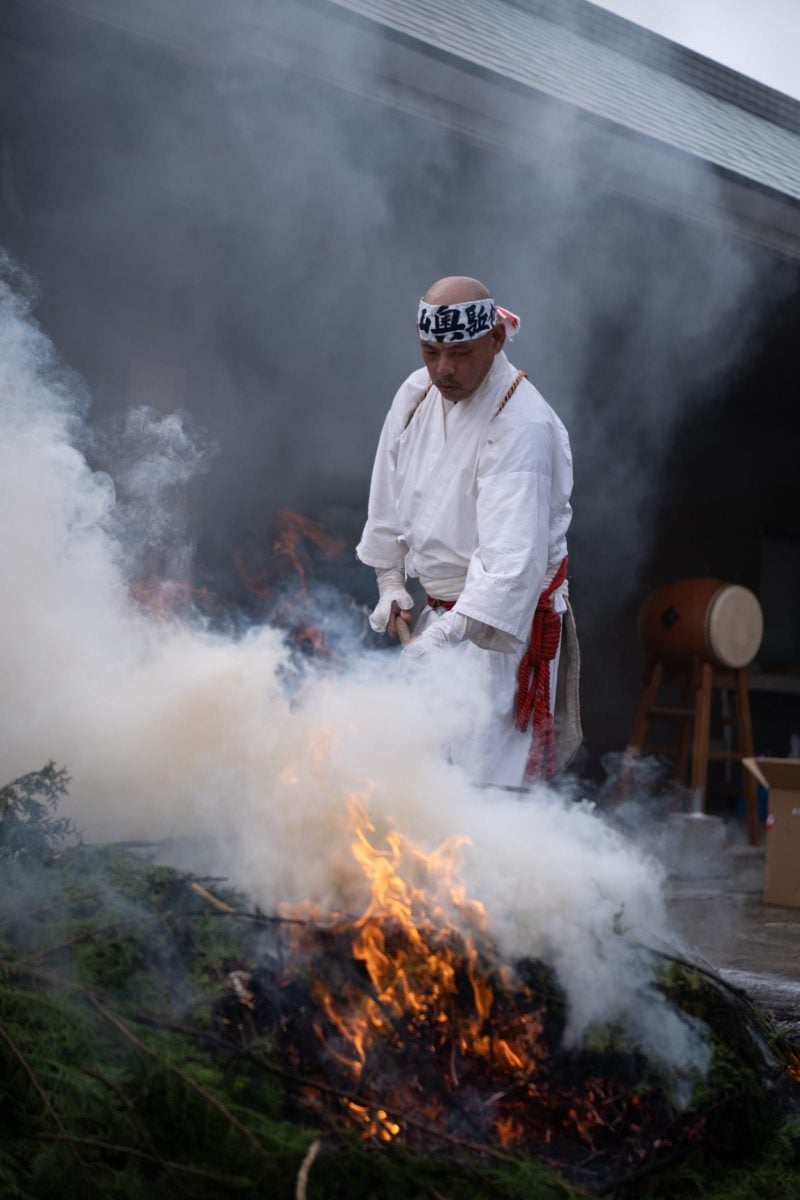
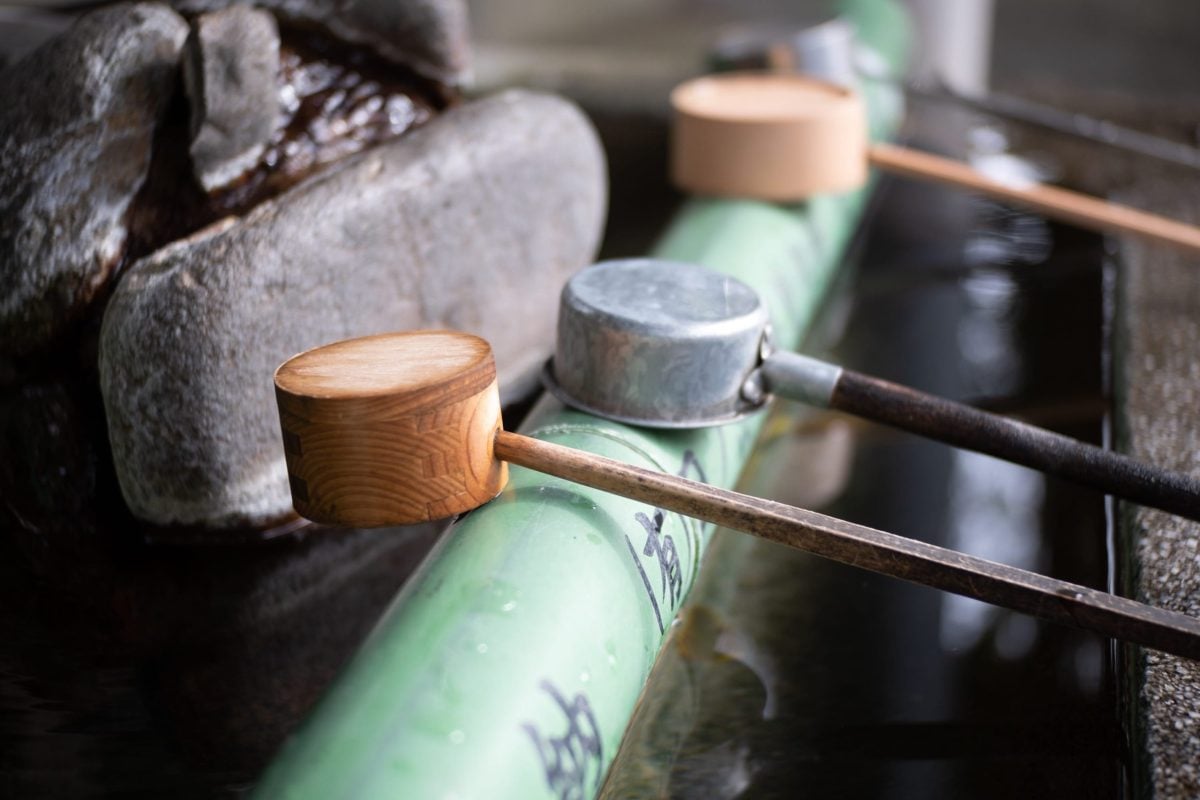


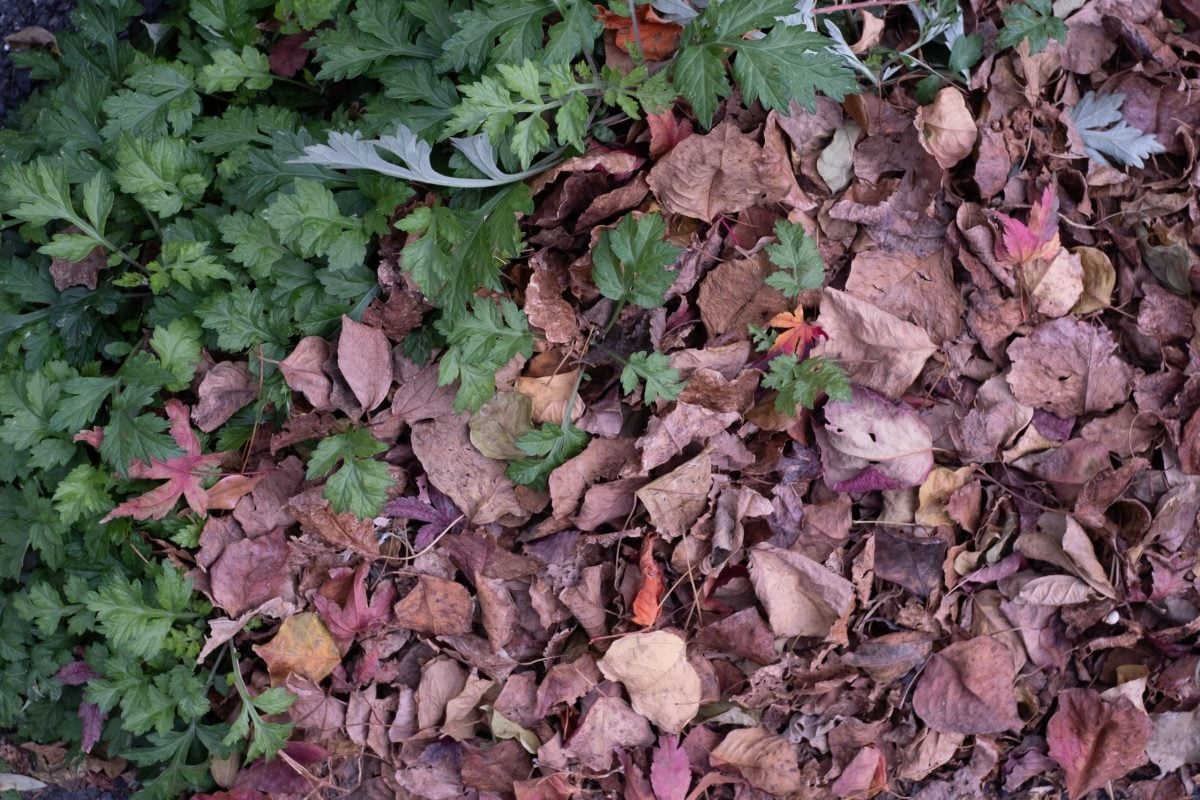
Meike 35mm f1.7 Review | Bottom Line

This is probably my favorite cheap Chinese lens so far. The 7Artisans 35mm f1.2 is also fantastic if you want to have a little fun, but this Meike 35mm f1.7 is just a better general-use lens. The 35mm focal length gives you that 50mm field of view which is incredibly useful and it can work in so many situations.
The corners, edges, and center all perform well with no serious issues besides field curvature. If your subject is far enough away so that the corners are in the same focal plane as the center, the lens will almost be almost completely corrected by f4.
You can’t really go wrong here. Especially since you’re getting an f1.7 which is still pretty good.
Other Cheap Lenses
Other cheap lenses that I like are the 7Artisans 35mm f1.2, and the 7Artisans 25mm f1.8, except the 25mm has a bad build. The 7Artisans 55mm f1.4 is ok but I really prefer the Rokinon 50mm f1.2 ( I know it’s more expensive). The 7Artisans 55mm f1.4 is probably a better option than the original Kamlan but the Kamlan 50mm f1.1 II is great.
Meike 35mm f1.7 Sample Images
Sample images are taken with the Fujifilm X-T3. These were all shot RAW and I later corrected them with my personal Lightroom presets.




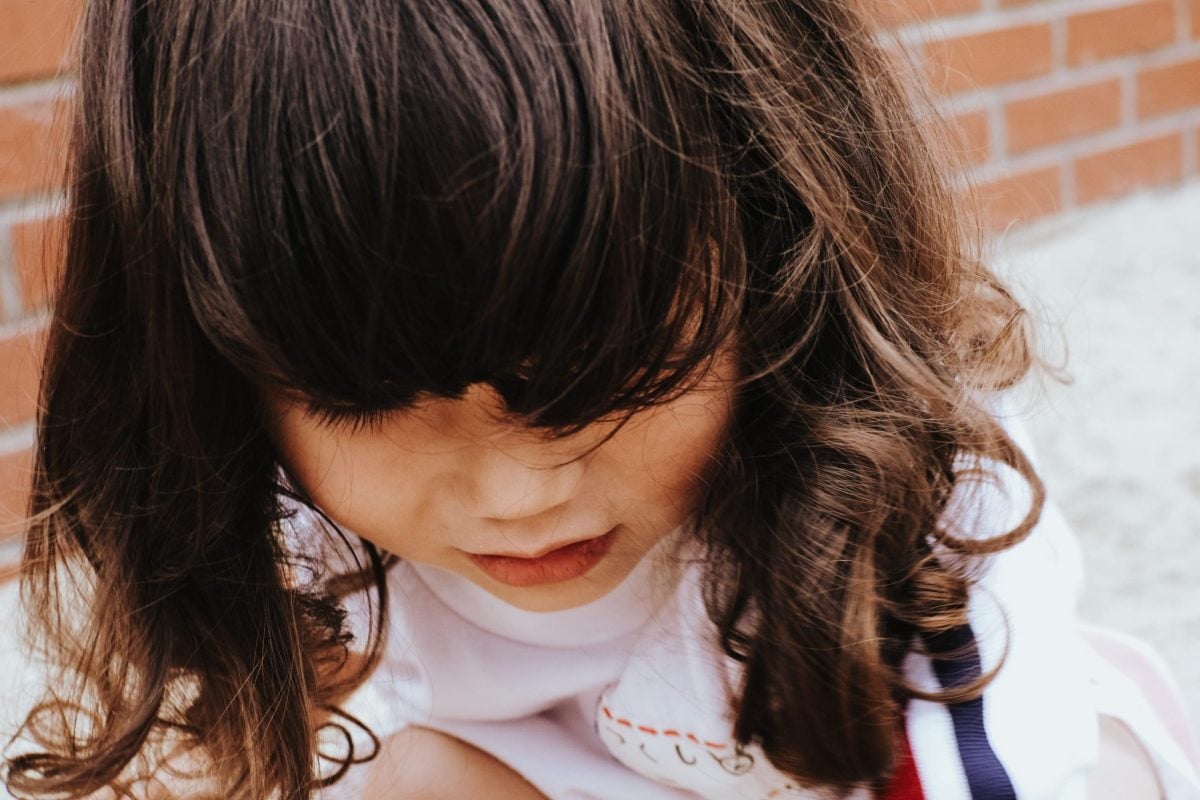


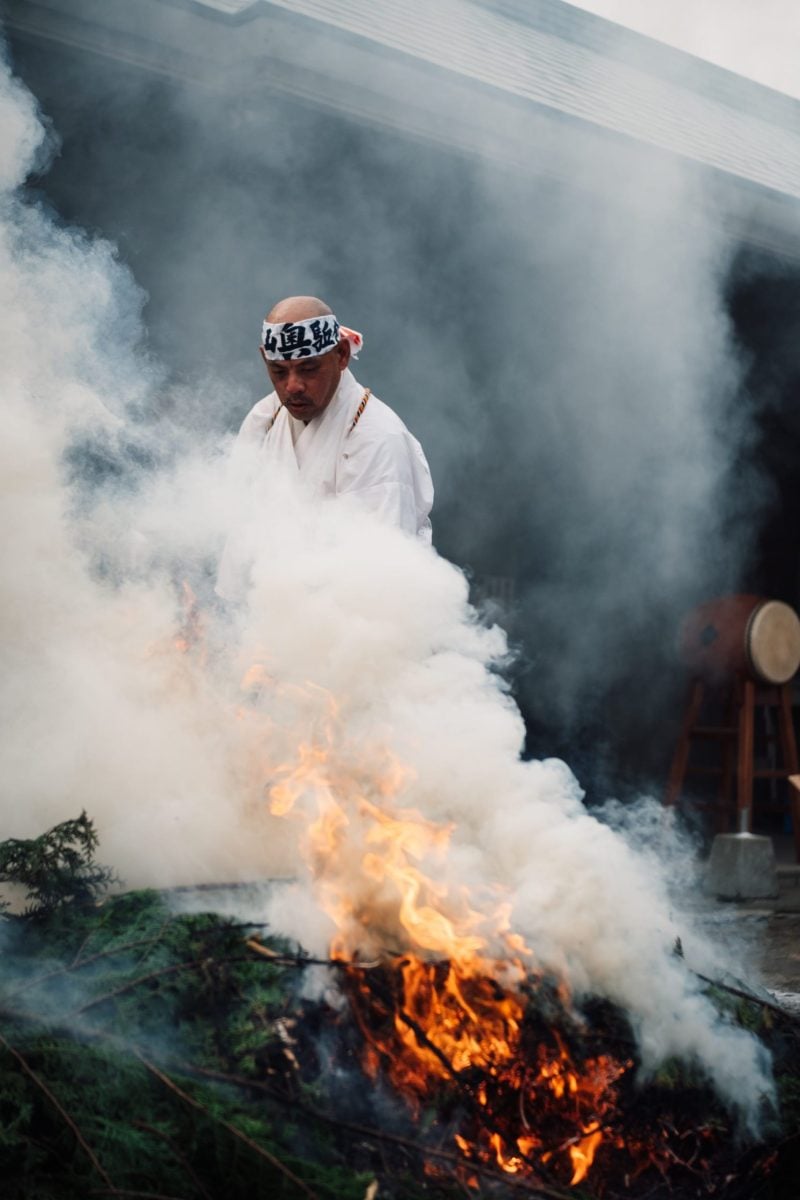


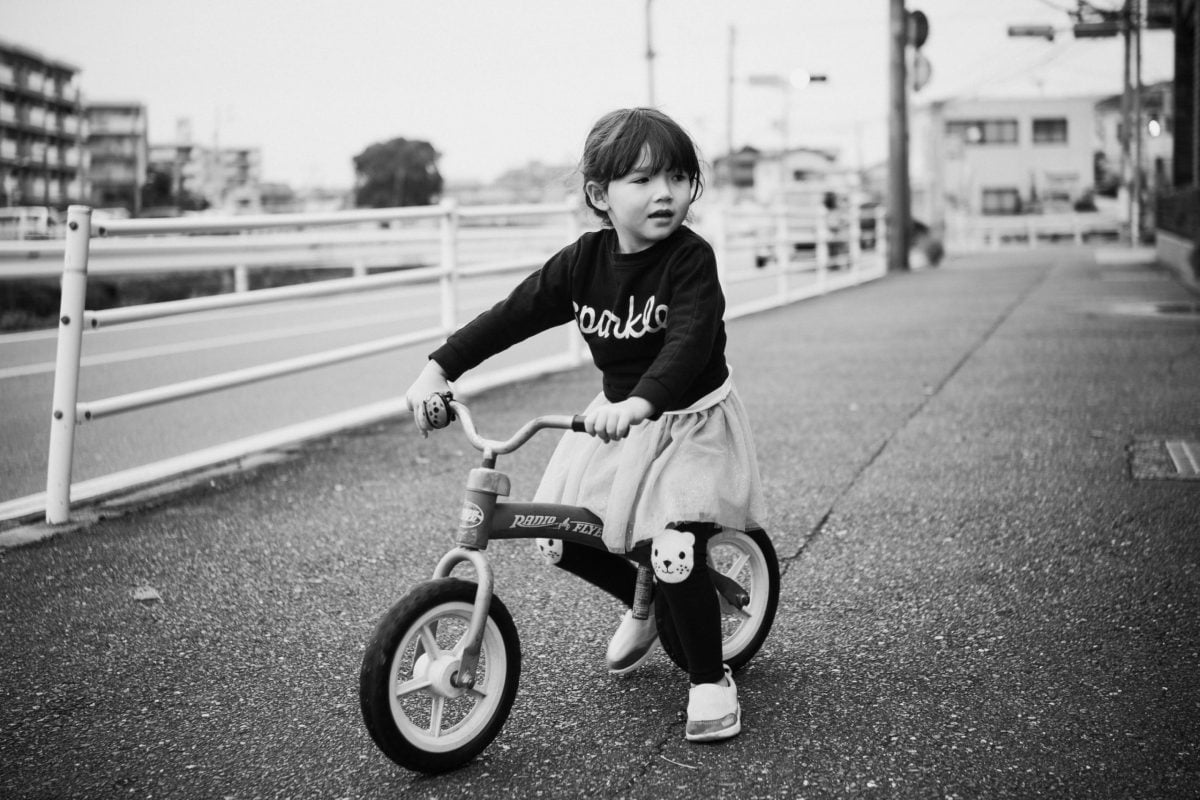
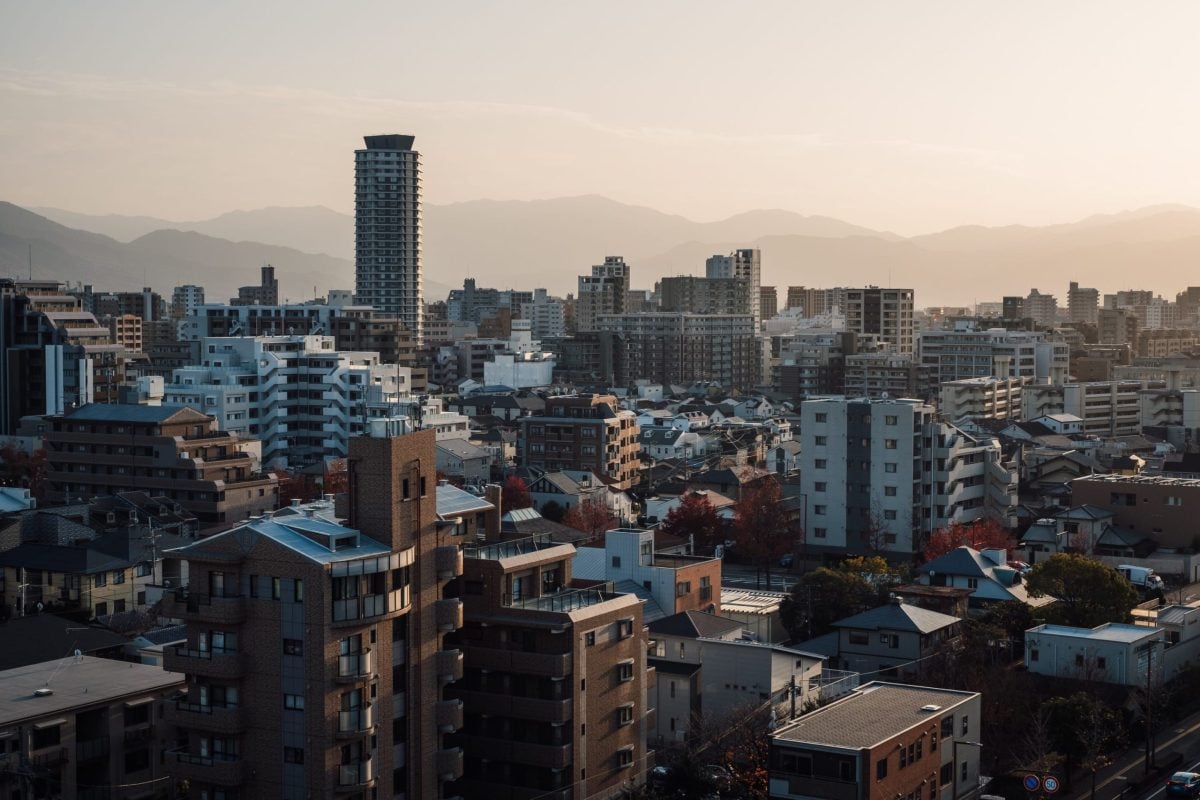
| **This website contains affiliate links. We will earn a small commission on purchases made through these links. Some of the links used in these articles will direct you to Amazon. As an Amazon Associate, I earn from qualifying purchases. |

